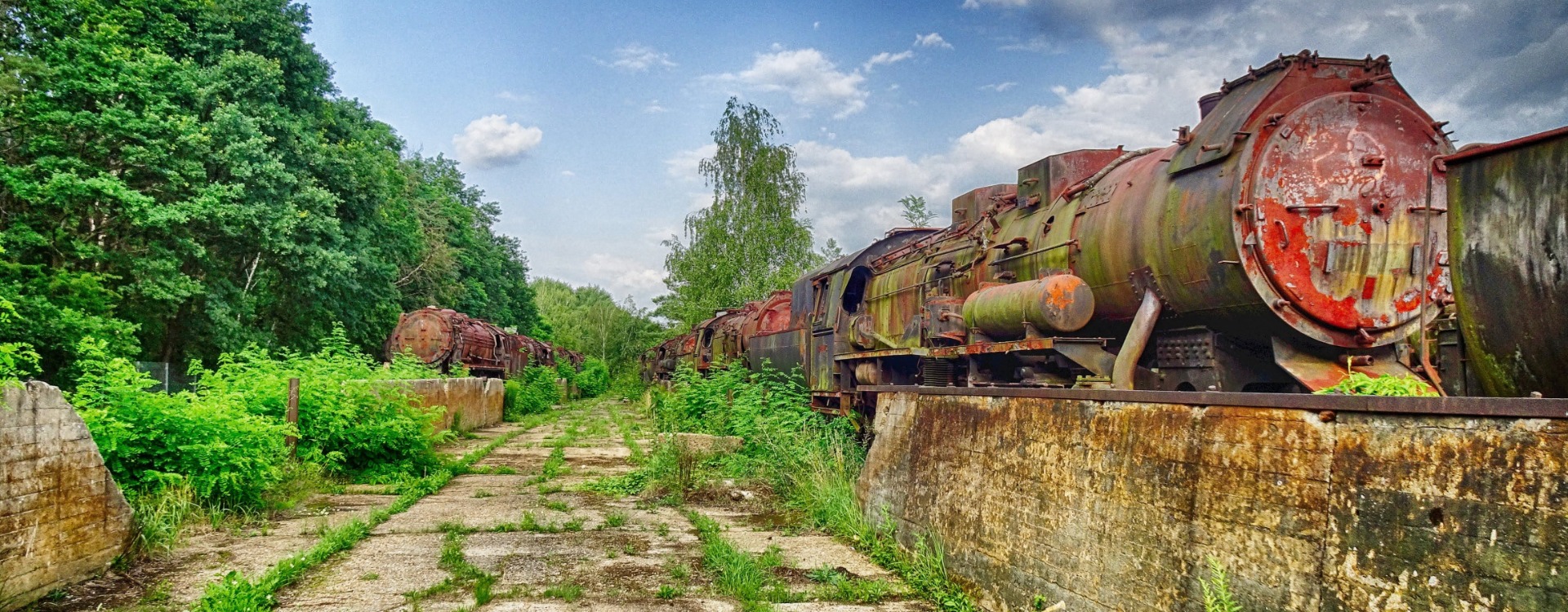Germany - once the proud nation of high-tech industry and global-exporting factories - now finds itself fringed by tales of what might have been: abandoned innovation parks, ruined industrial halls, and ambitious visions lost to decay.
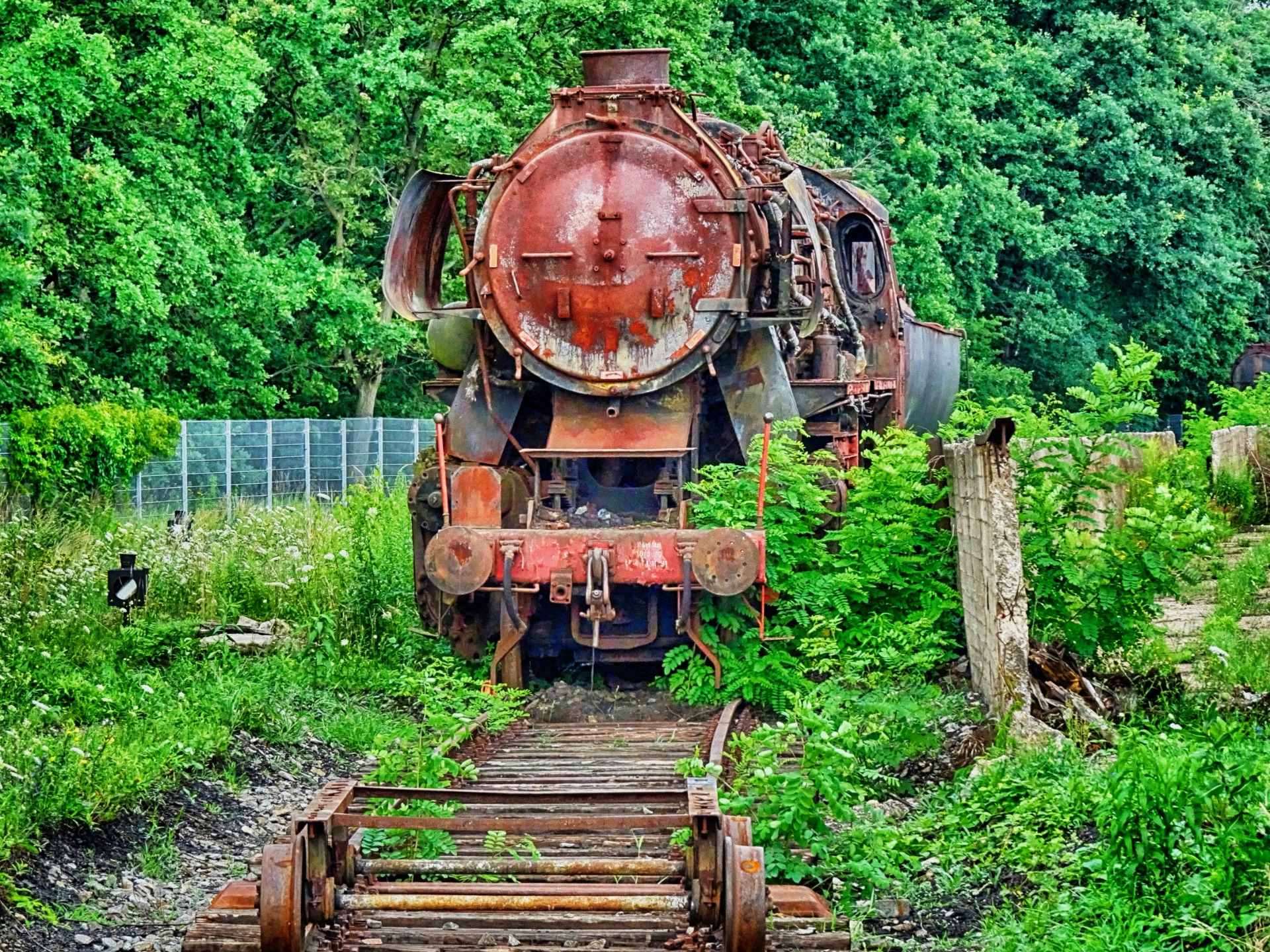
It was love at first sight. A single moment that lasted a lifetime. Enrico Forker was just ten years old when it happened. It was an encounter that has shaped his life to this day. Unforgettable, because it has determined everything the man from Germany has done since then.
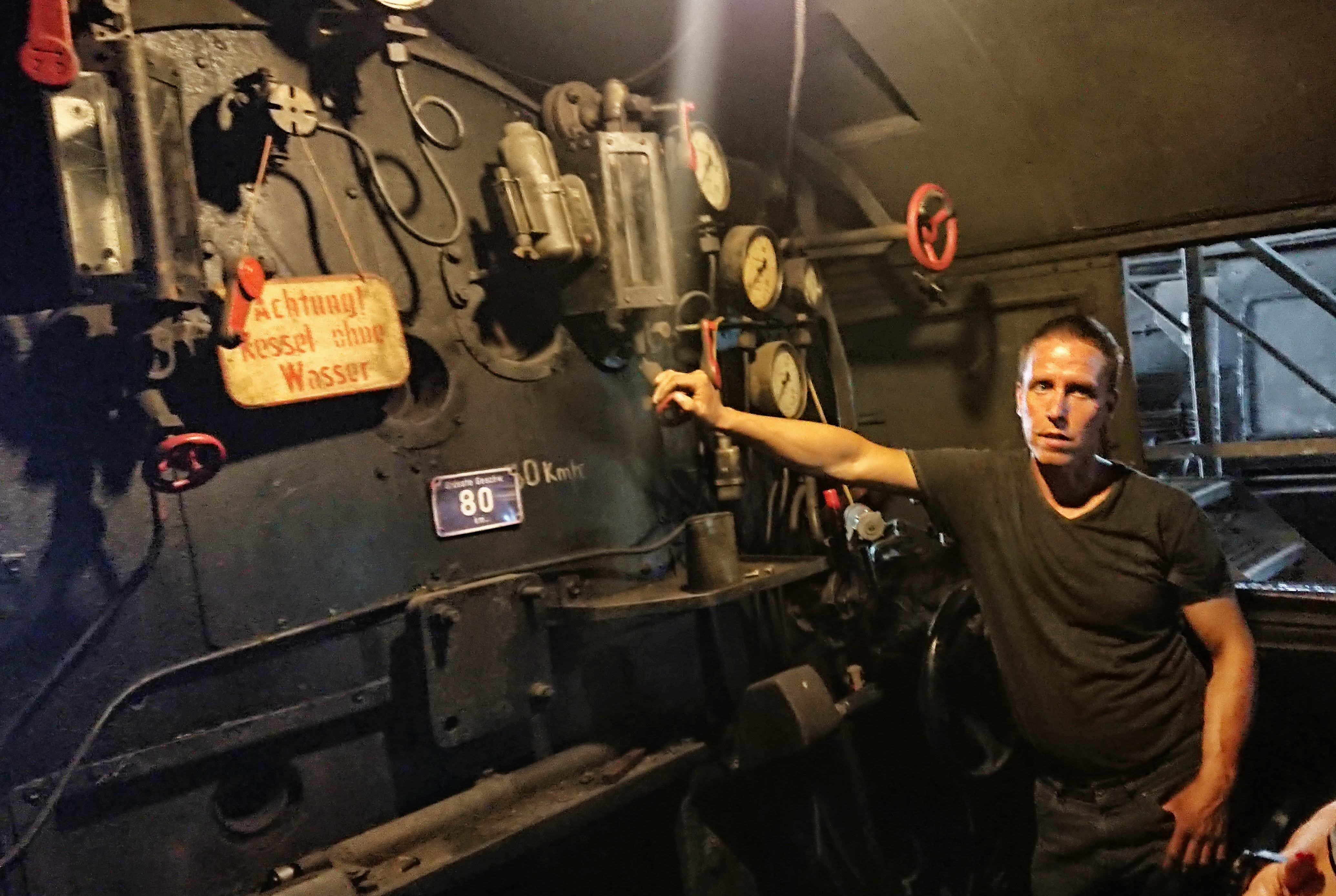
"I was out with my parents at a station festival," Forker recalls about that moment. "And there it was." It was a steam locomotive with the number 528120 – large, black, a giant of impressive stature and incredible power.

Little Enrico begged and pleaded with his father until he was allowed to ride along – even right at the front of the cab, where coal was shoveled to generate steam. Fascinated, he watched as fire and water created enough power to drive the giant. "I said to my father: I want that locomotive."
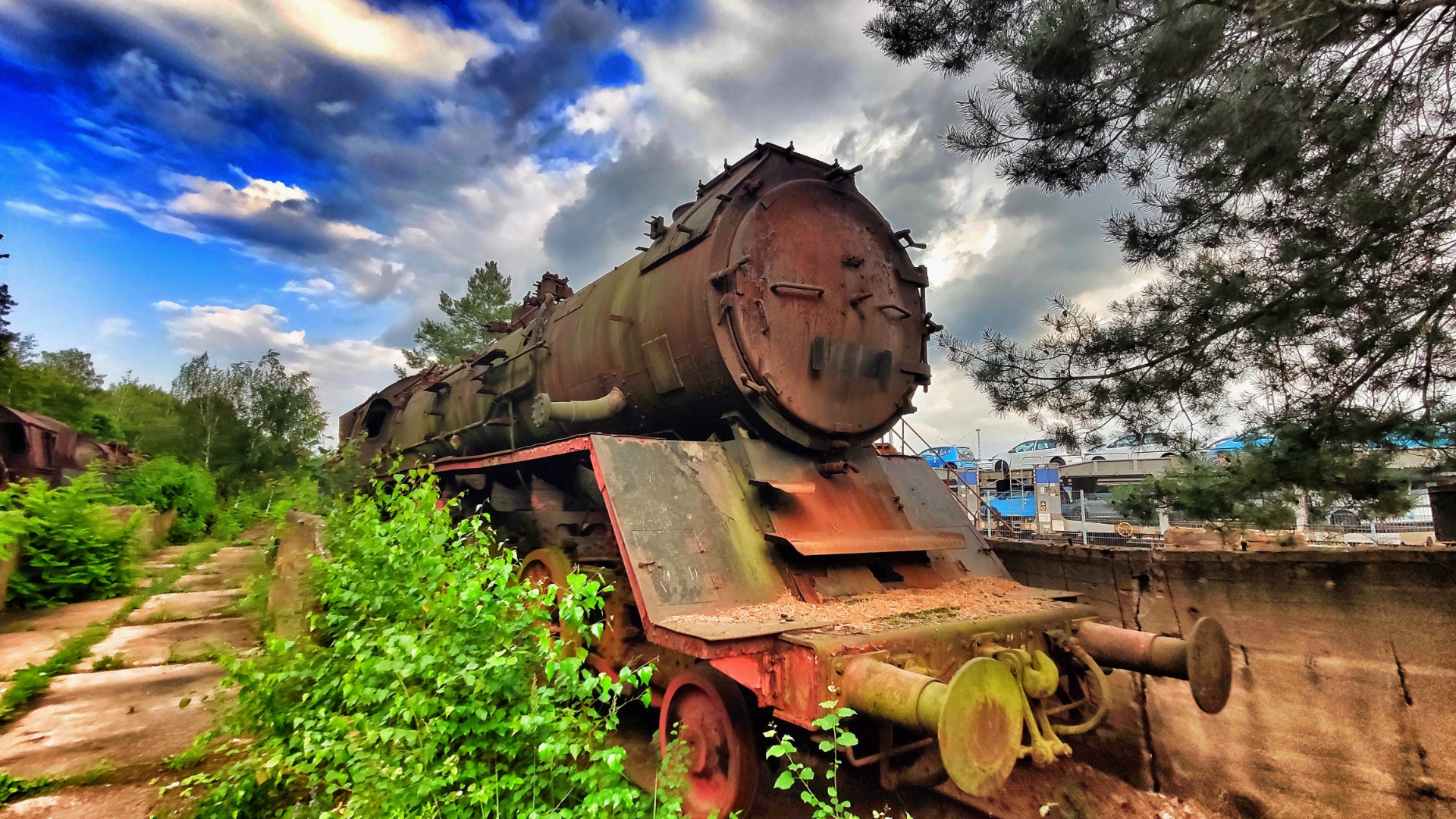
From Childhood Dream to Lifelong Project
The difference between Enrico and other boys his age: Enrico didn't want an H0 scale model for his home railway set. He was serious. From then on, he repeatedly searched for the 528120 – in locomotive graveyards and old railway sheds. But the 75-ton, 4.40-meter-high, and 23-meter-long locomotive remained missing.
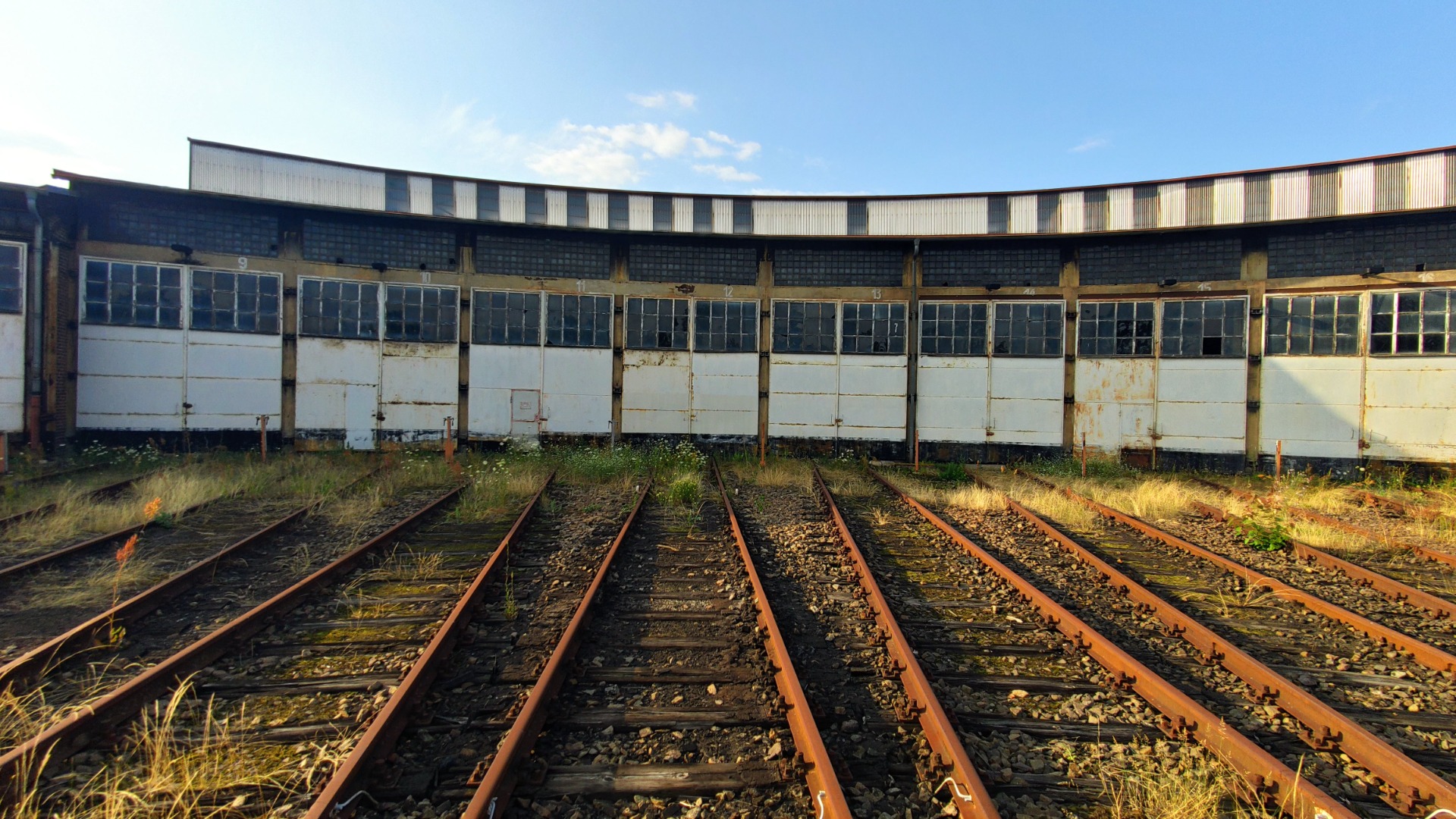
What he didn't know: Bernd Falz, a railway enthusiast and collector living far away in western Germany, had acquired numerous historic vehicles from the East German Reichsbahn in the early 1990s – locomotives that were actually meant to be scrapped. Back then, 140 steam locomotives rolled westward in long trains. Among them was Forker's dream locomotive, saved from the scrapyard, but far from home.
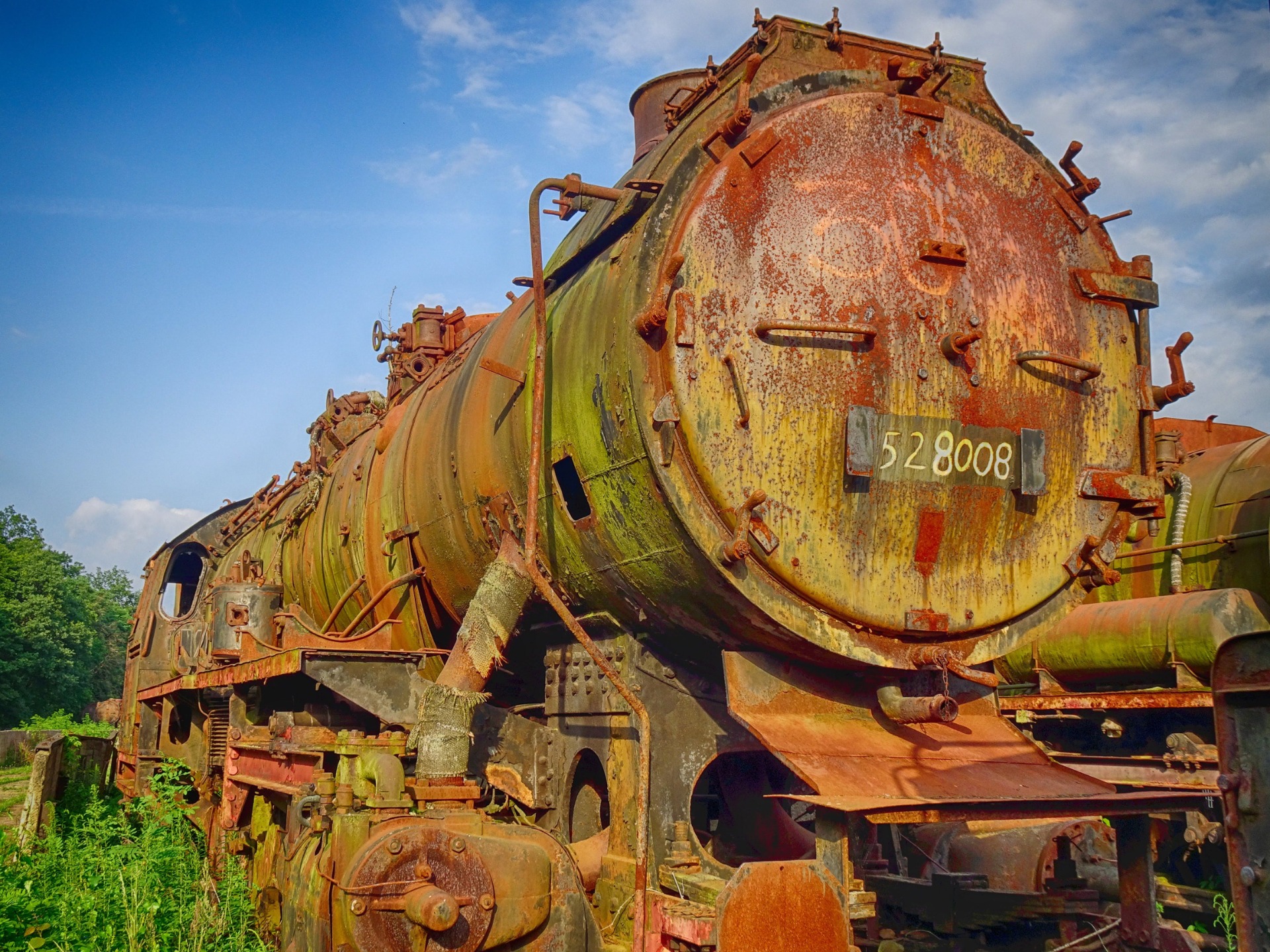
At the age of 15, Enrico Forker met the owner of his life's love by chance. Two railway enthusiasts who immediately hit it off. And at some point, Bernd Falz told him that the 528120 was in the Rhineland. "I repeatedly offered to buy it from him, but for years he didn't want to."
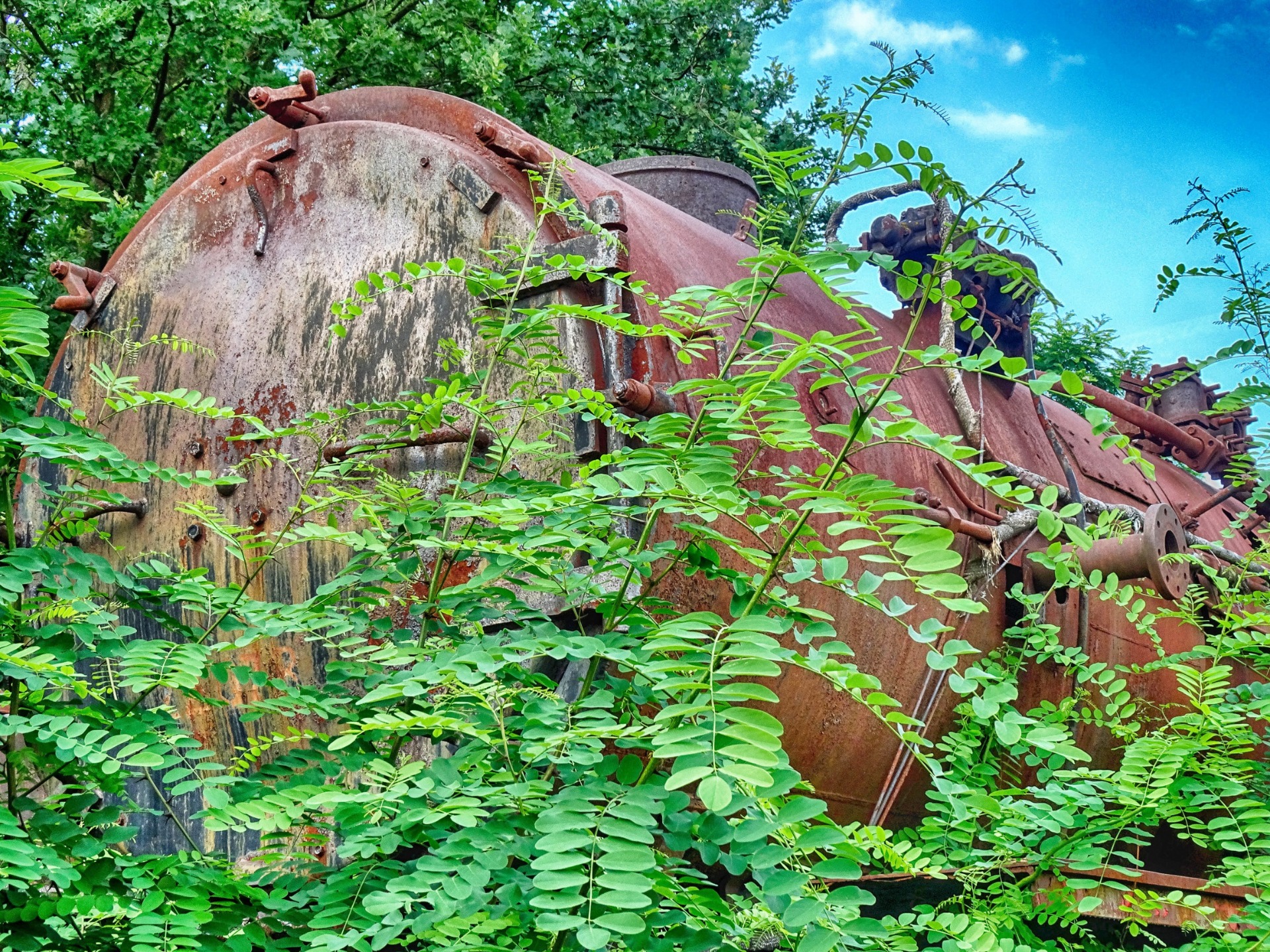
The Locomotive Comes Home
But luck was on his side. Falz was looking for a new location for his enormous collection, which had temporarily been housed in Berlin. In the end, he acquired the old railway depot in the former Falkenberg/Elster junction, just a few minutes' drive from Forker's home.

"The 528120, it has to go home now," Enrico kept saying. But Falz didn't sell it – he gave it to him as a gift. For the young man, who, along with a handful of like-minded people, was already dedicated to preserving old vehicles, this was like a miracle.
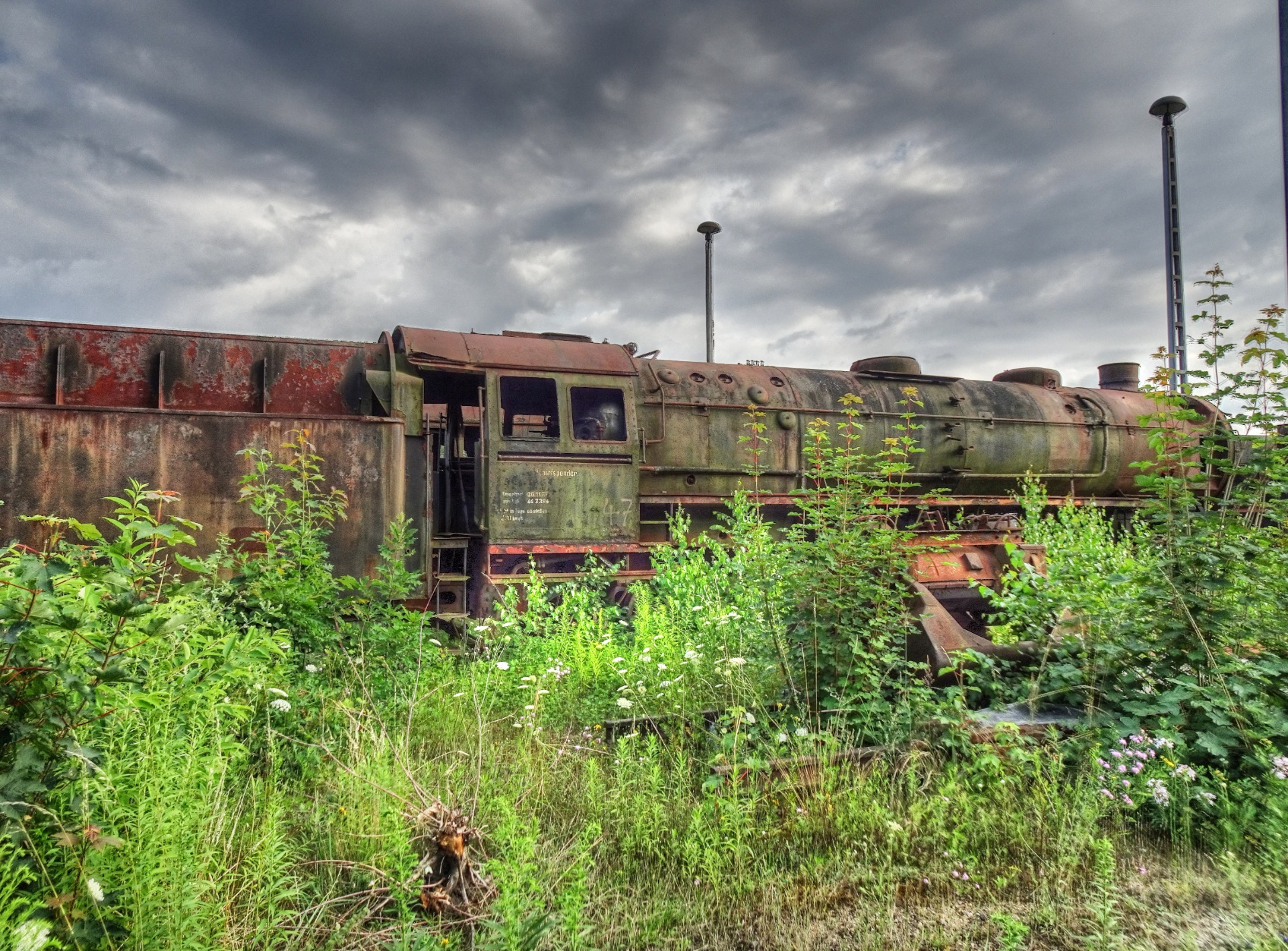
But getting it back was a mammoth task. The locomotive had long since been out of service and wasn't even on a siding. A shipping company was needed. For weeks, the team dismantled the locomotive, removing components and cutting metal sheets to make it transportable. Even the crane reached its limits until they realized that they had accidentally included the hook in the weight.

In 2017, after 15 years of exile, the 528120 returned to Falkenberg. It cost him €20,000 – his entire savings. "Every cent was worth it," says Forker to this day.
Restoring for Eternity

Since then, they've been sanding, hammering, and welding. Many evenings, late into the night. Kilometers of rust have to be removed, boilers are patched, and missing parts are replaced. "Sometimes you don't see any progress for weeks," says Forker. "Everything goes incredibly slowly, everything is incredibly heavy. But that's precisely what makes it so appealing."

Four years after its return, the locomotive is halfway presentable again. "The chassis is fine, the metal sheets are finished," explains Forker. Neither he nor his colleagues are counting the time and effort. "You can't be normal when you start something like this. You have to be a little crazy."
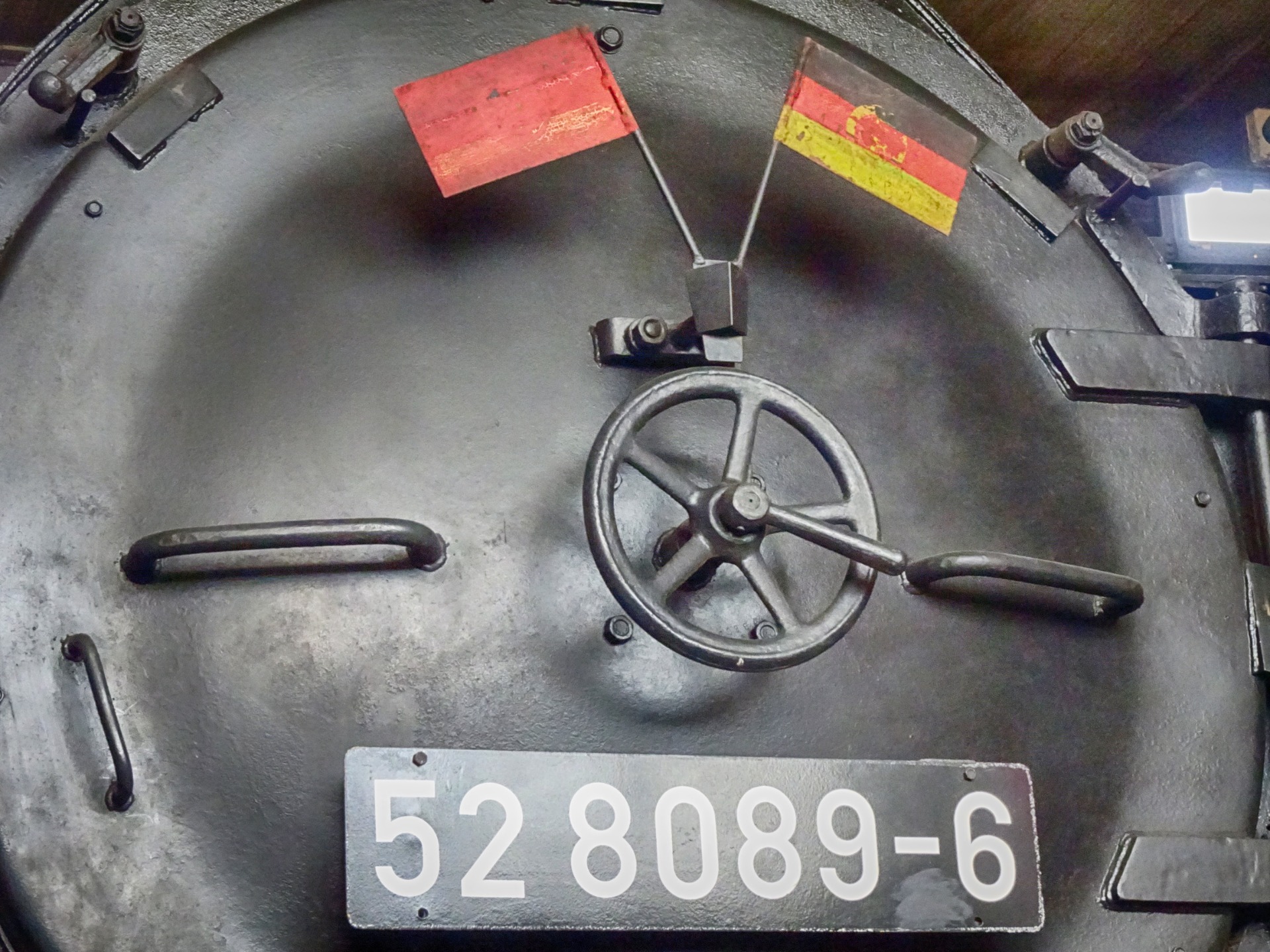
No return to the rails
But the locomotive will probably never return to the rails. The costs of re-registration are prohibitive. "A locomotive MOT used to cost 200,000 euros. Today it's a million," says Forker. So, 528120 will remain an exhibit – perhaps one day it will shine like it did before, but without any function.
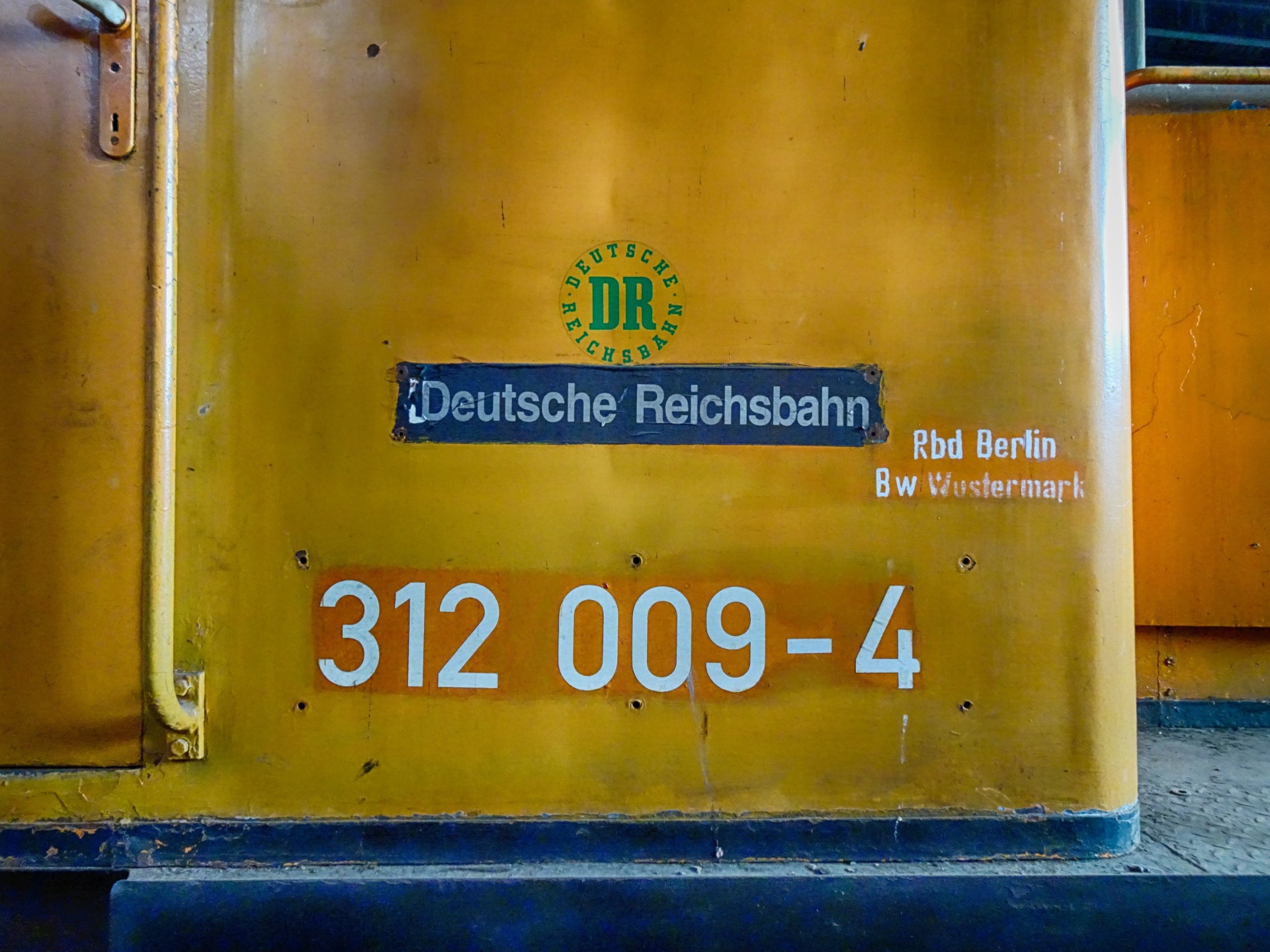
"Only if someone comes along who has a few million will I get a free ride," he says with a laugh. Until then, the tinkering and tinkering will continue. In addition to his favorite locomotive, dozens of others are already waiting to be rescued – a total of over 120 old steam, diesel, and electric locomotives are housed in the former Falkenberg railway depot.
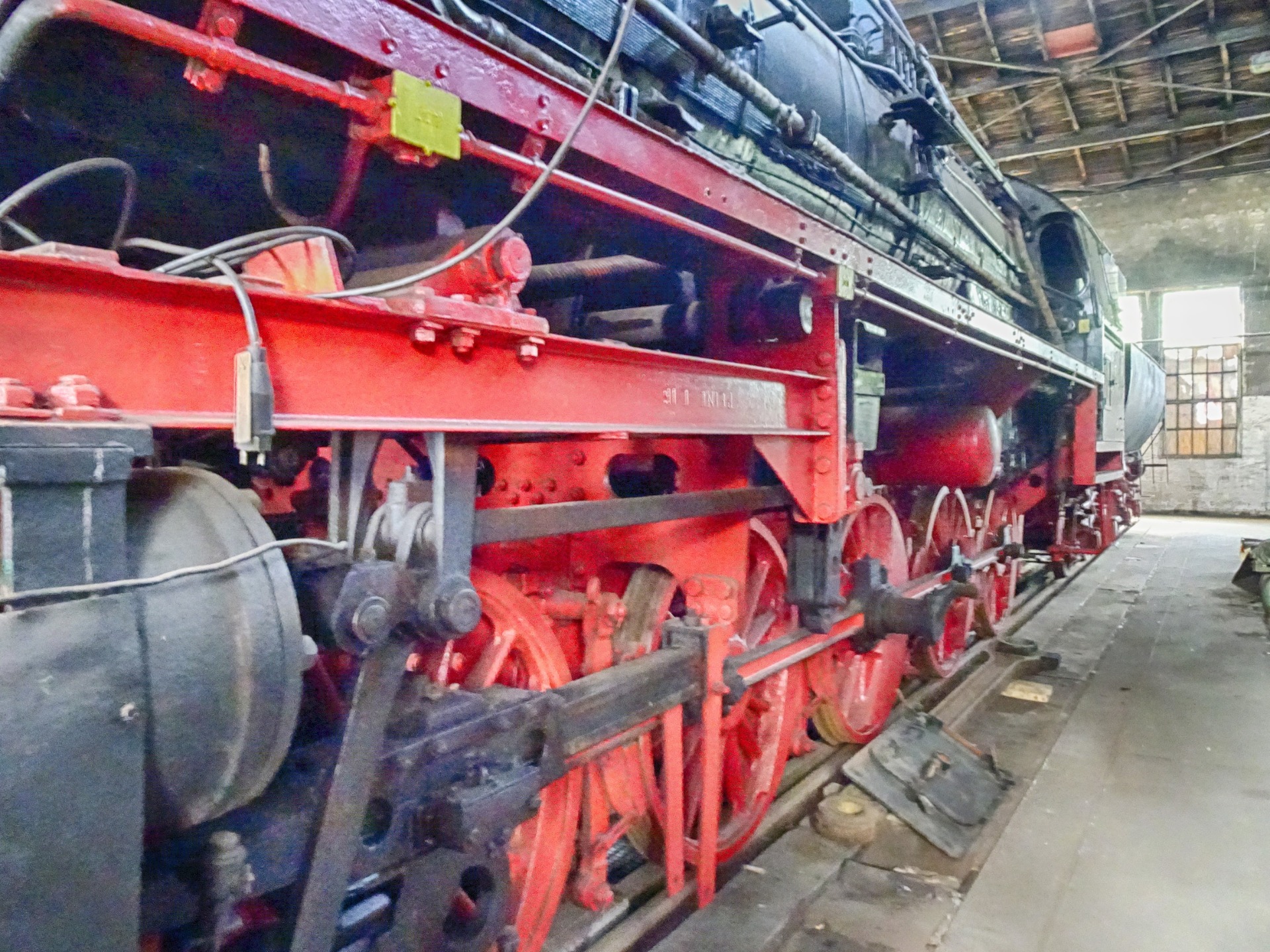
Work for the next fifty years. But for Enrico Forker, this isn't a burden. It's the fulfillment of a childhood dream.
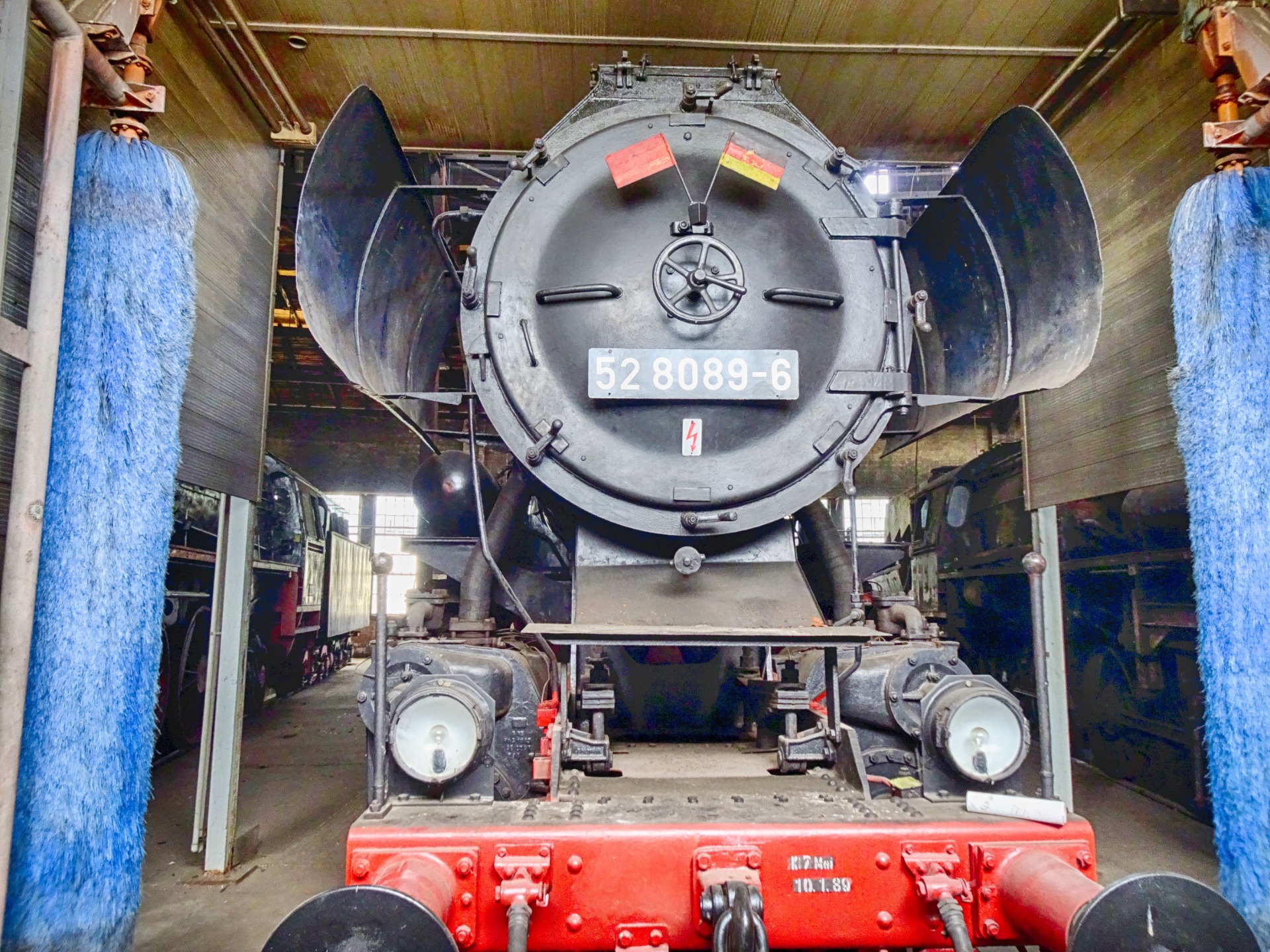
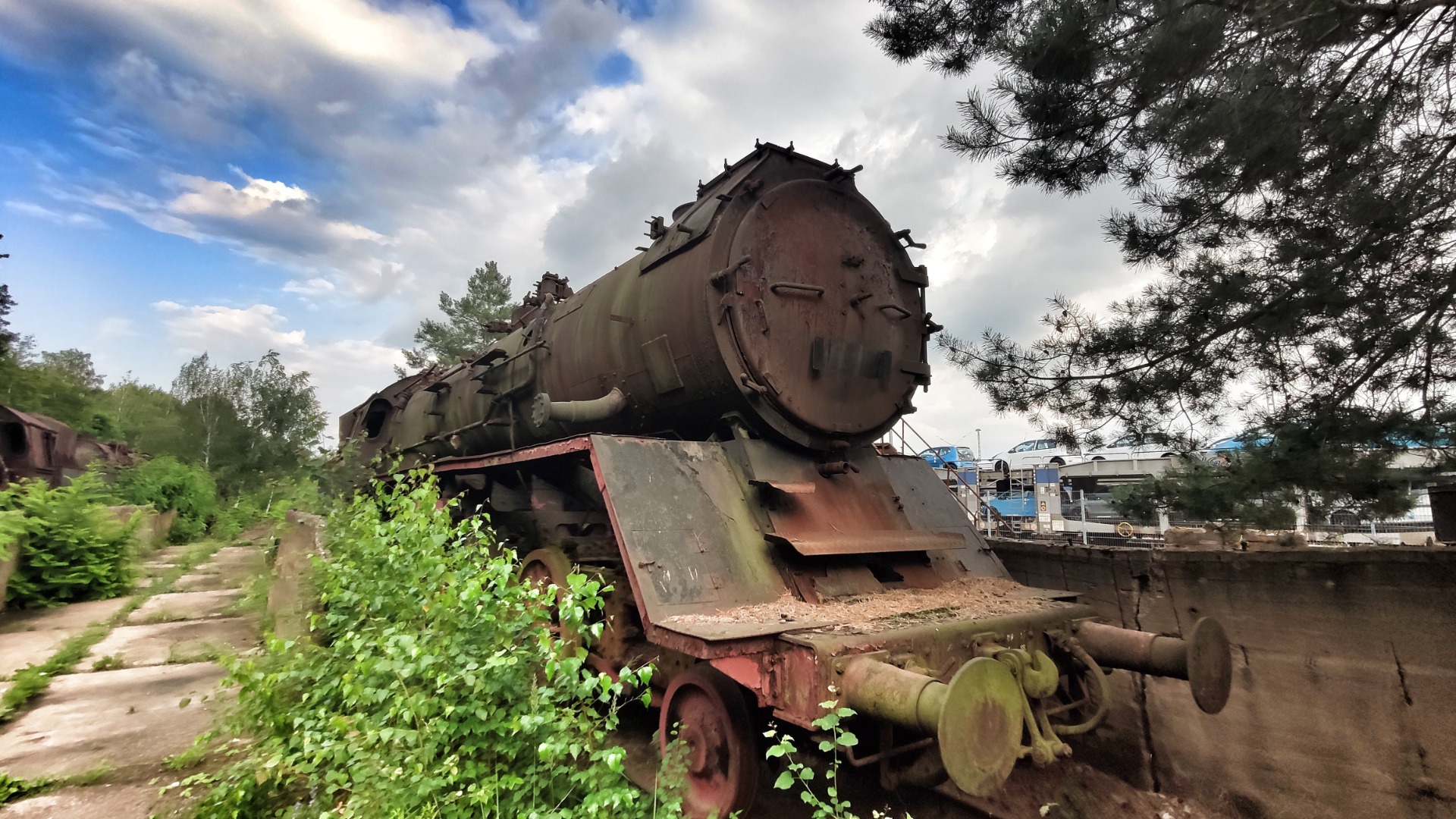

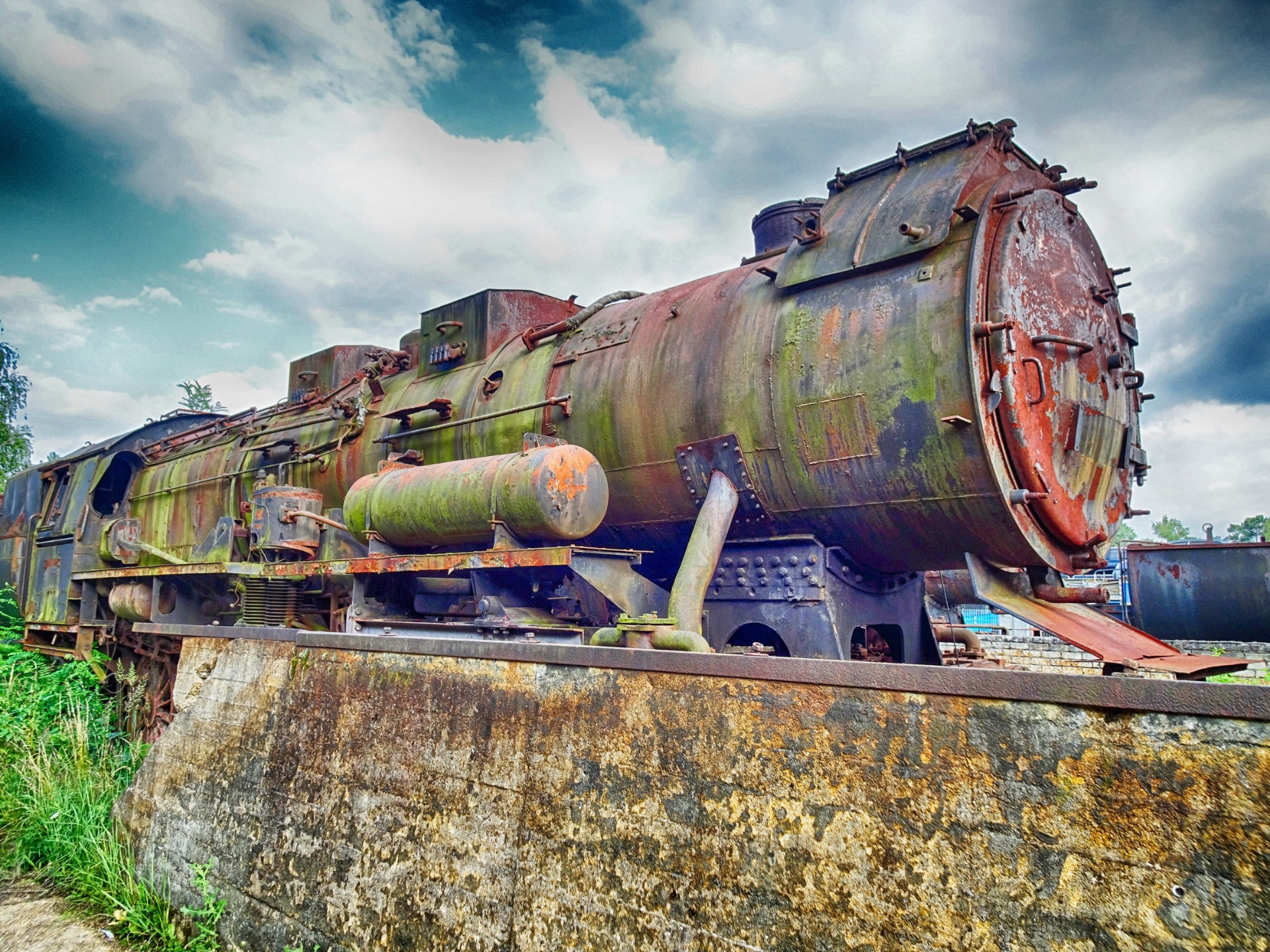
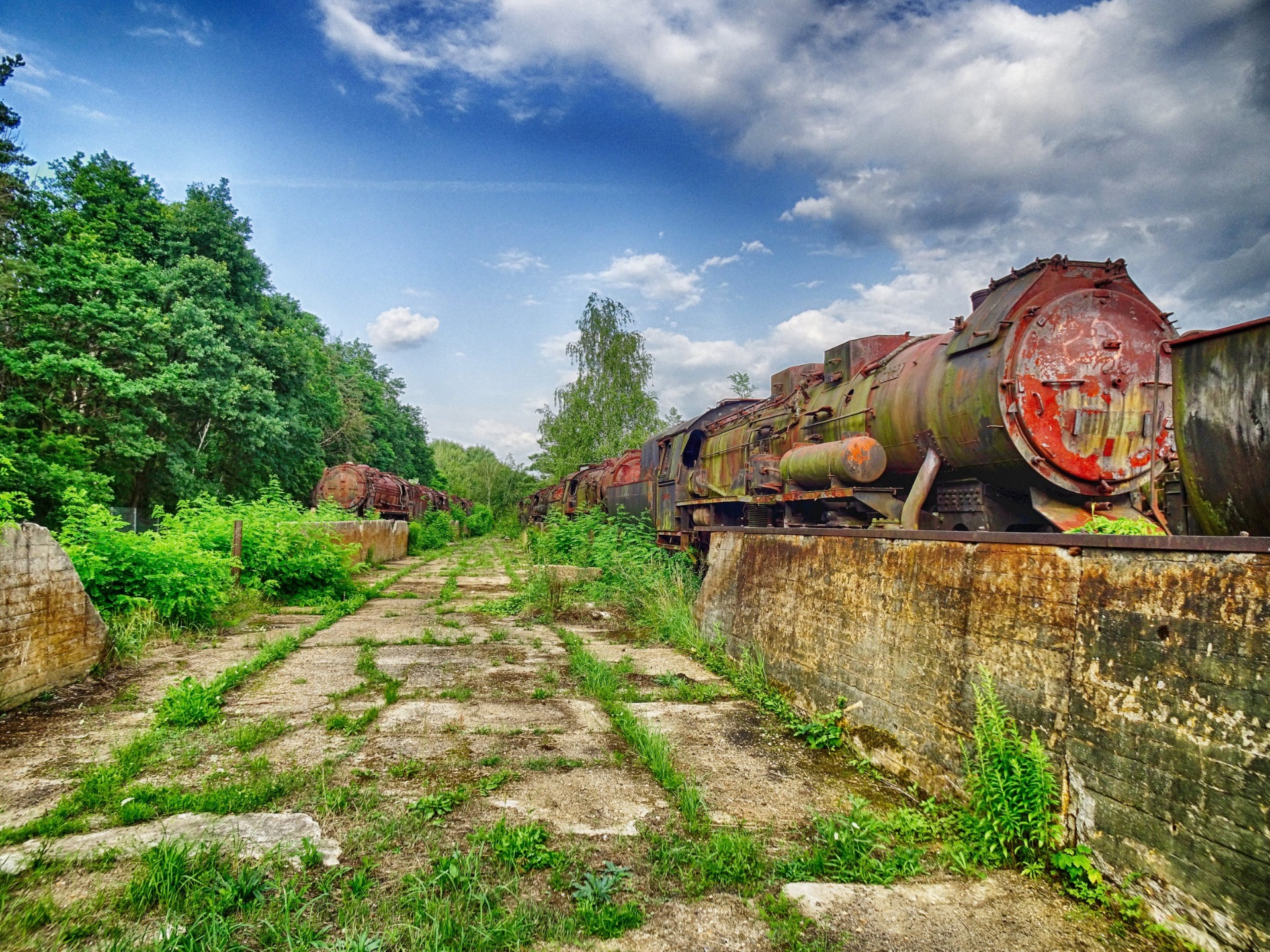
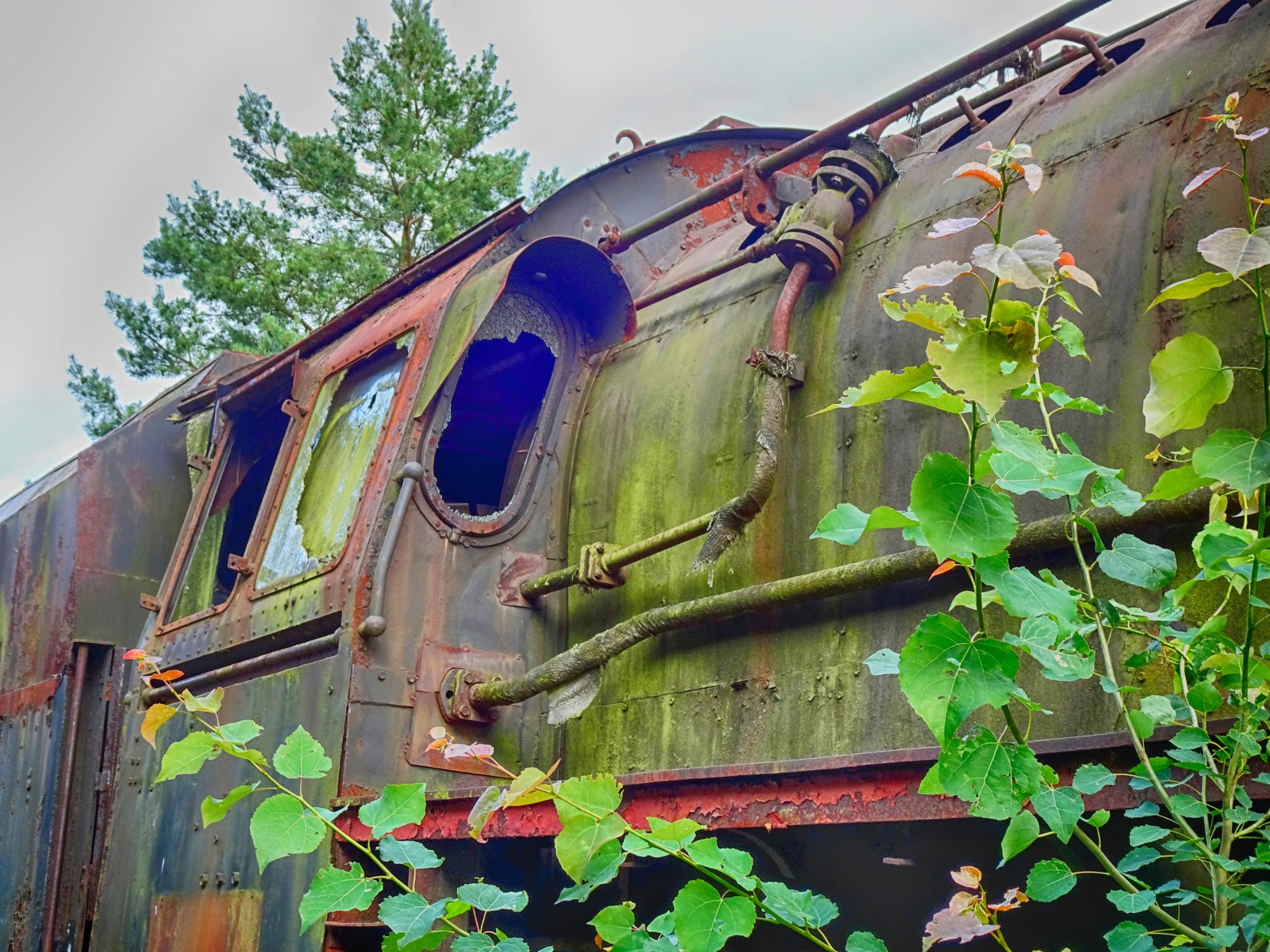
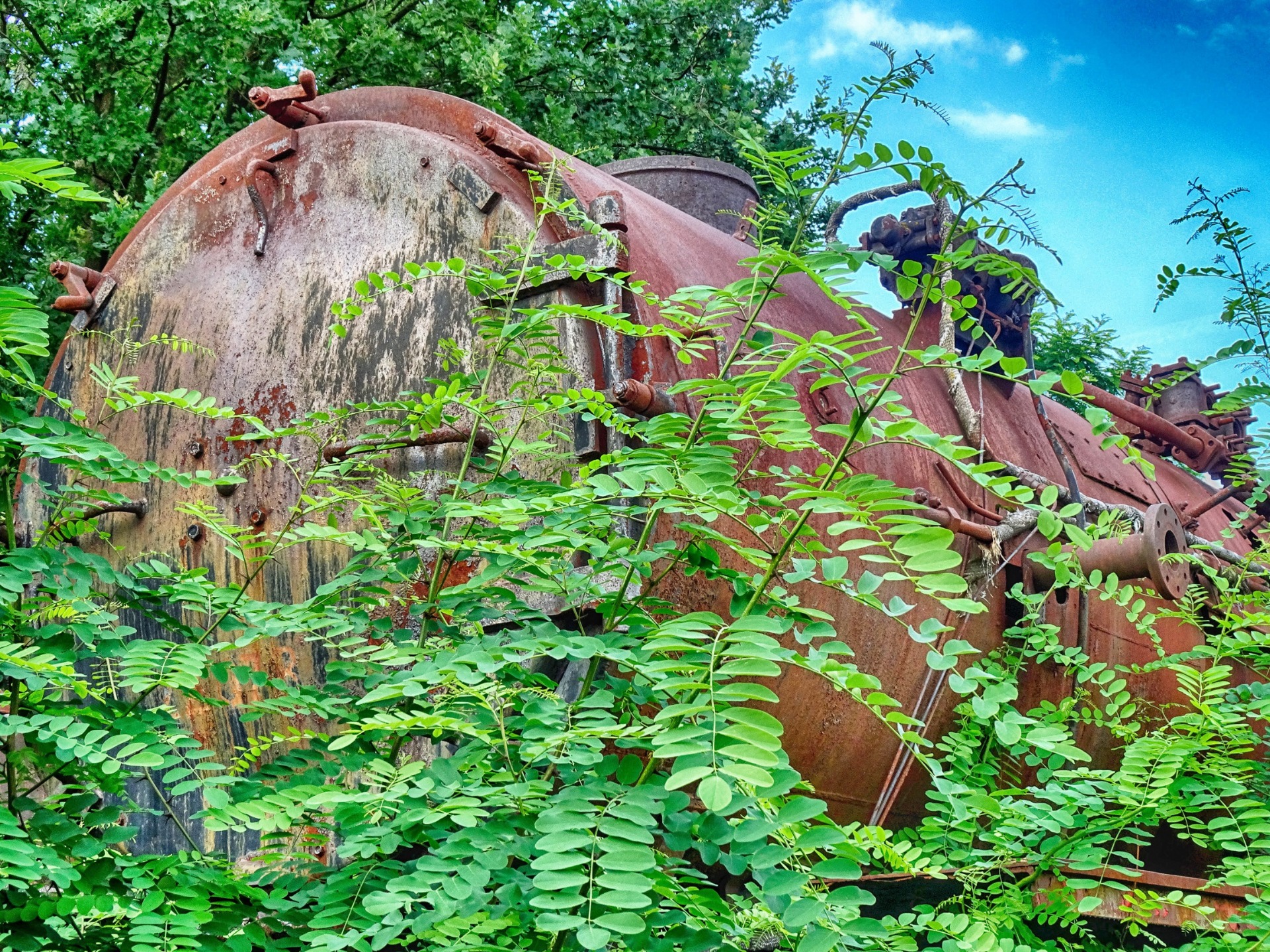
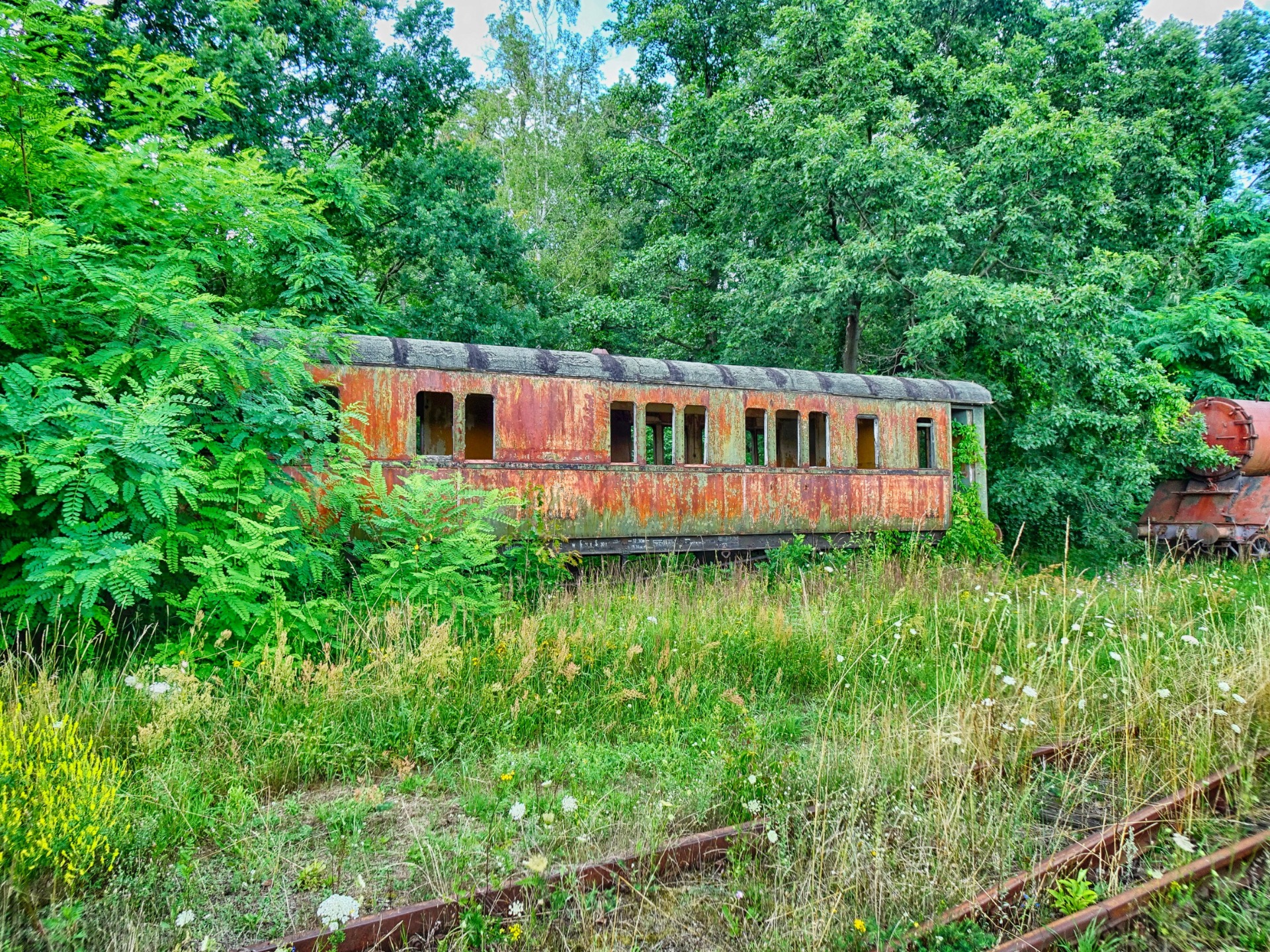
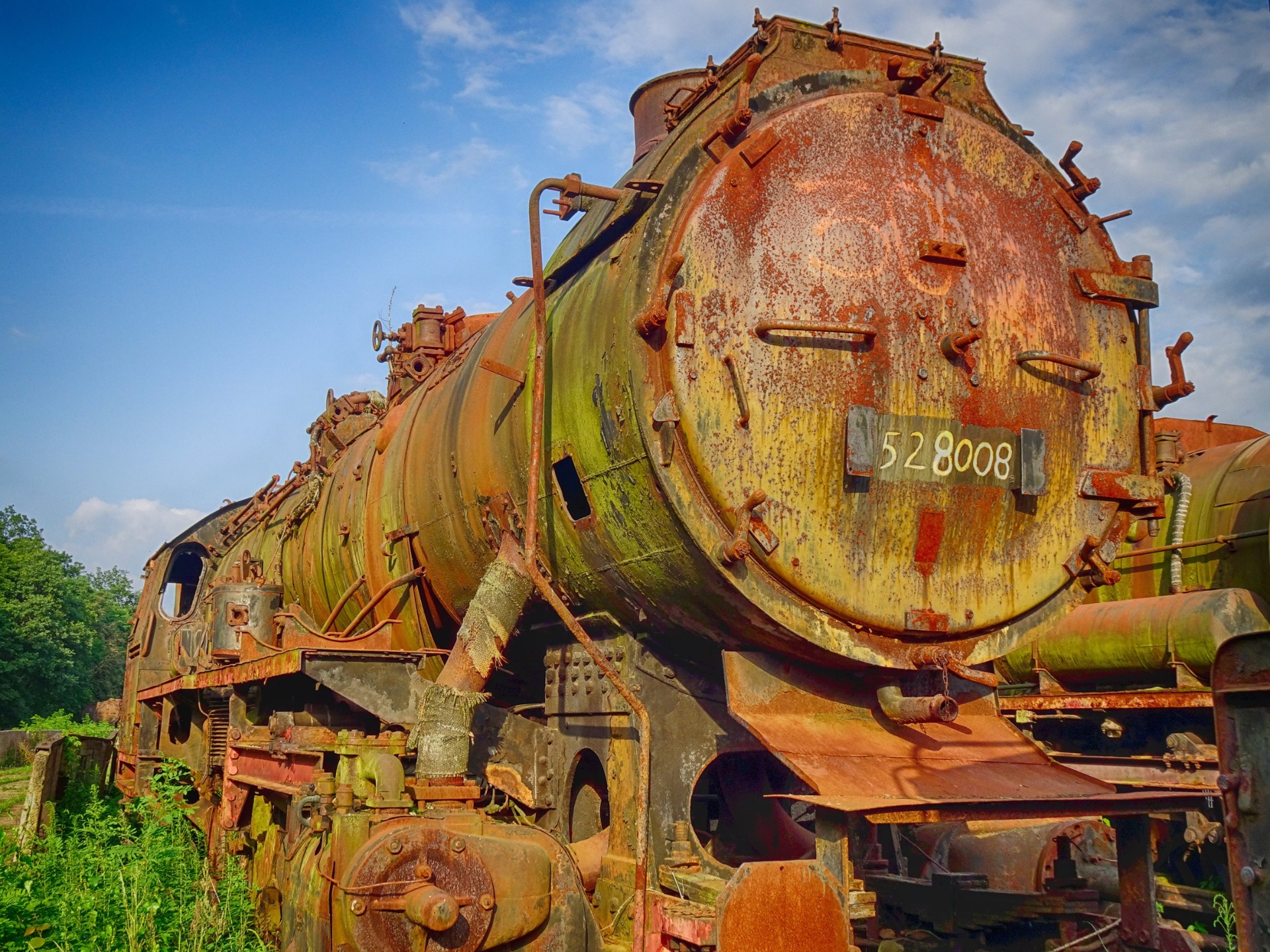
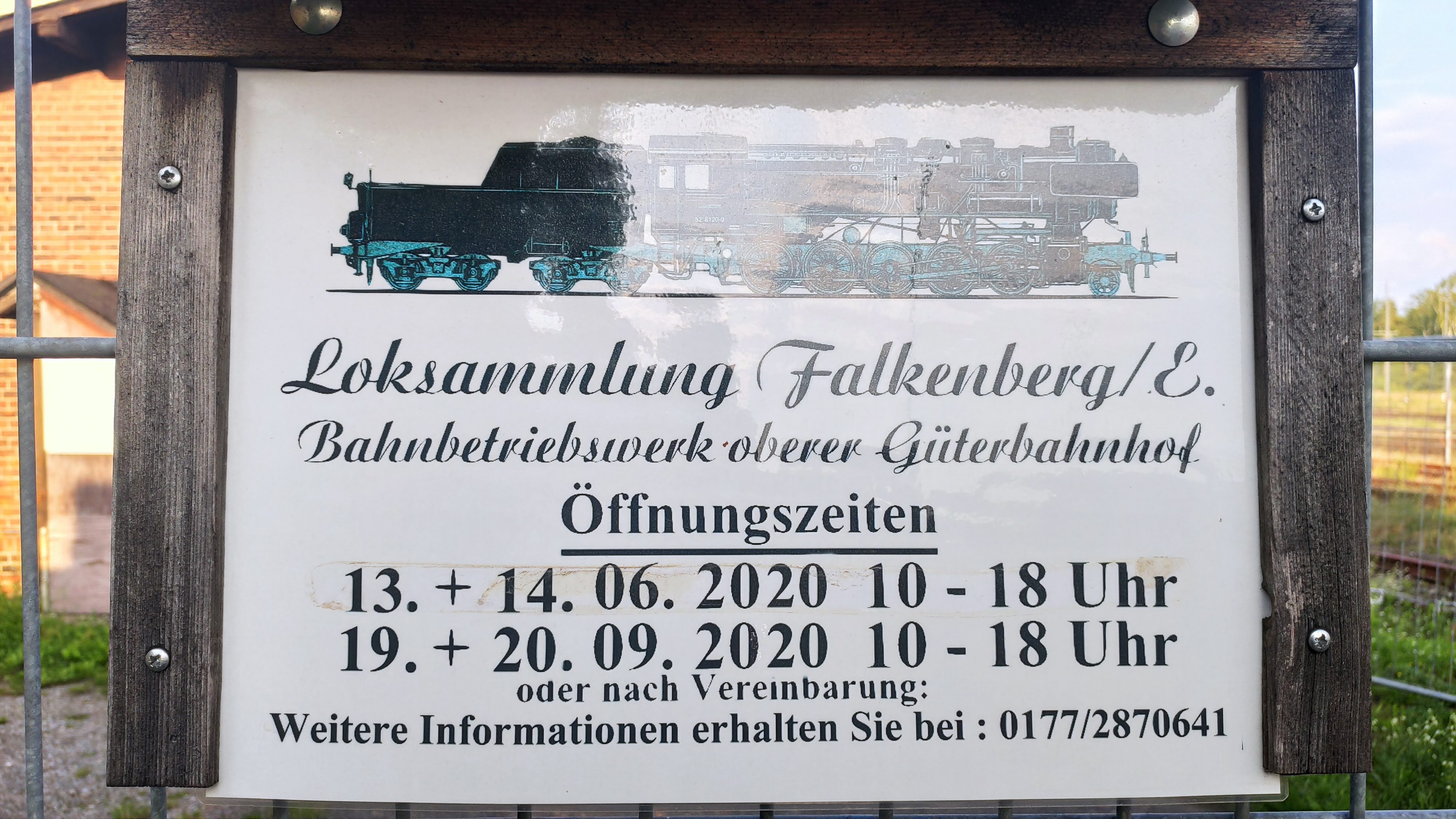
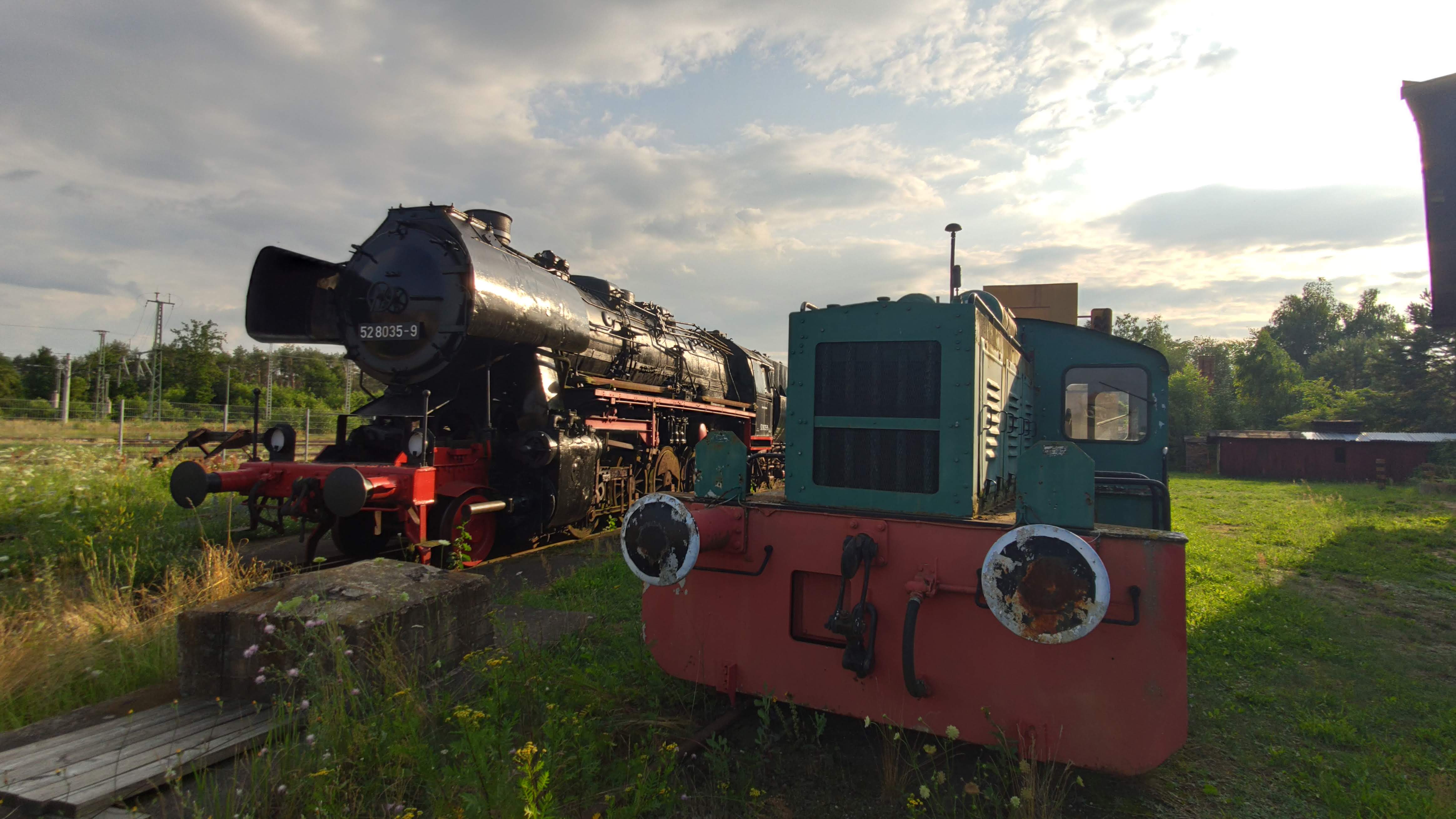
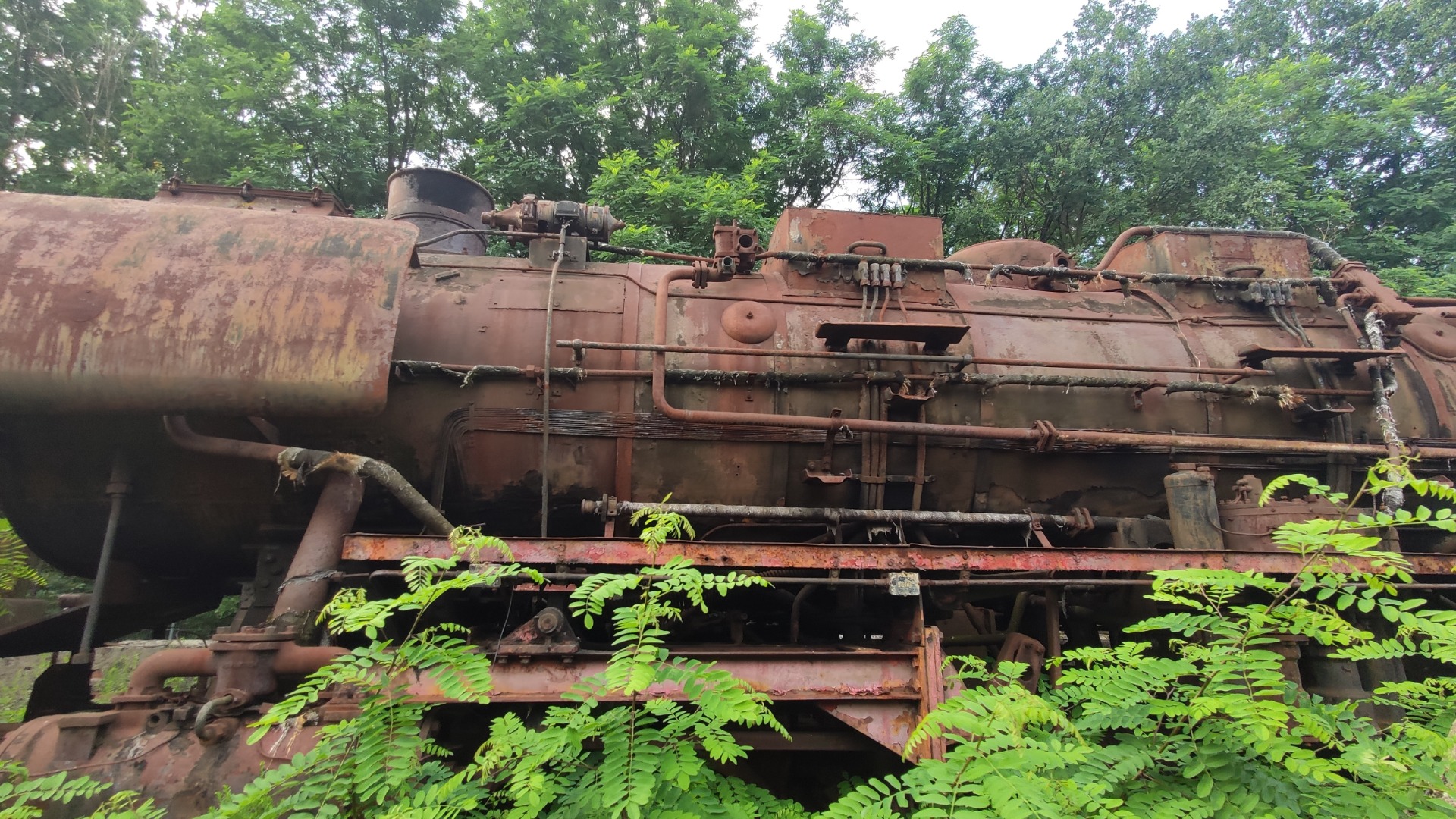
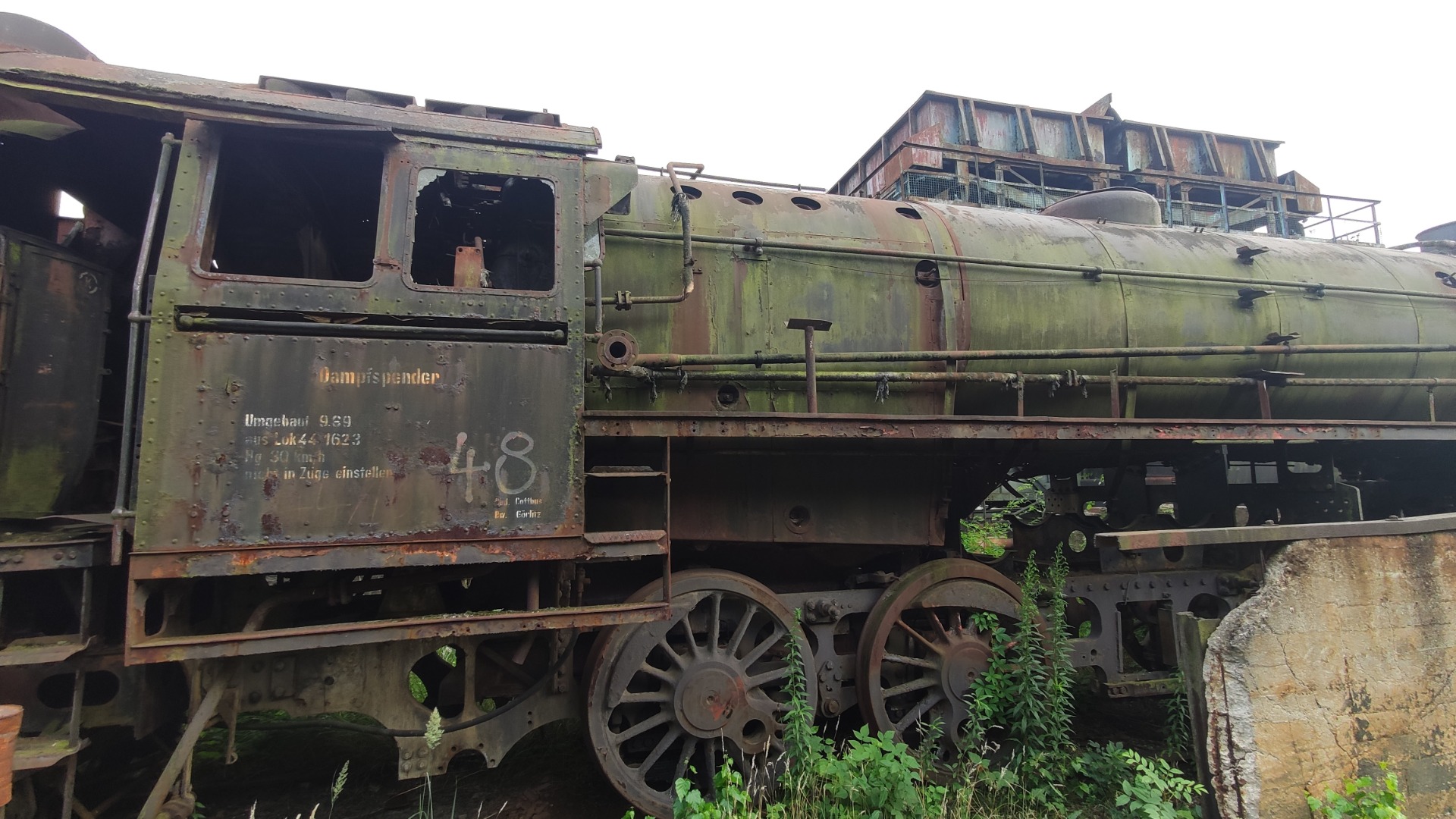
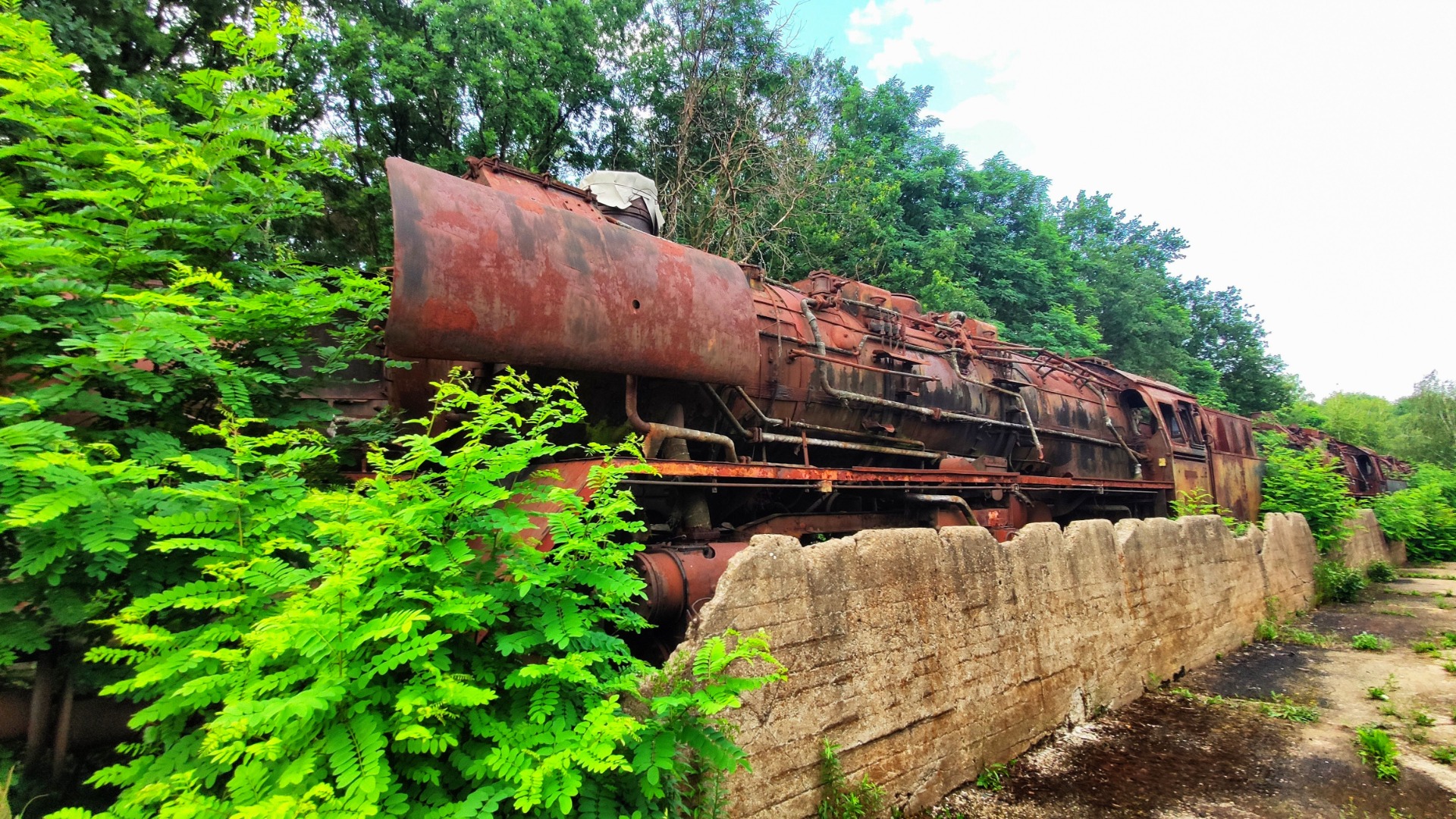
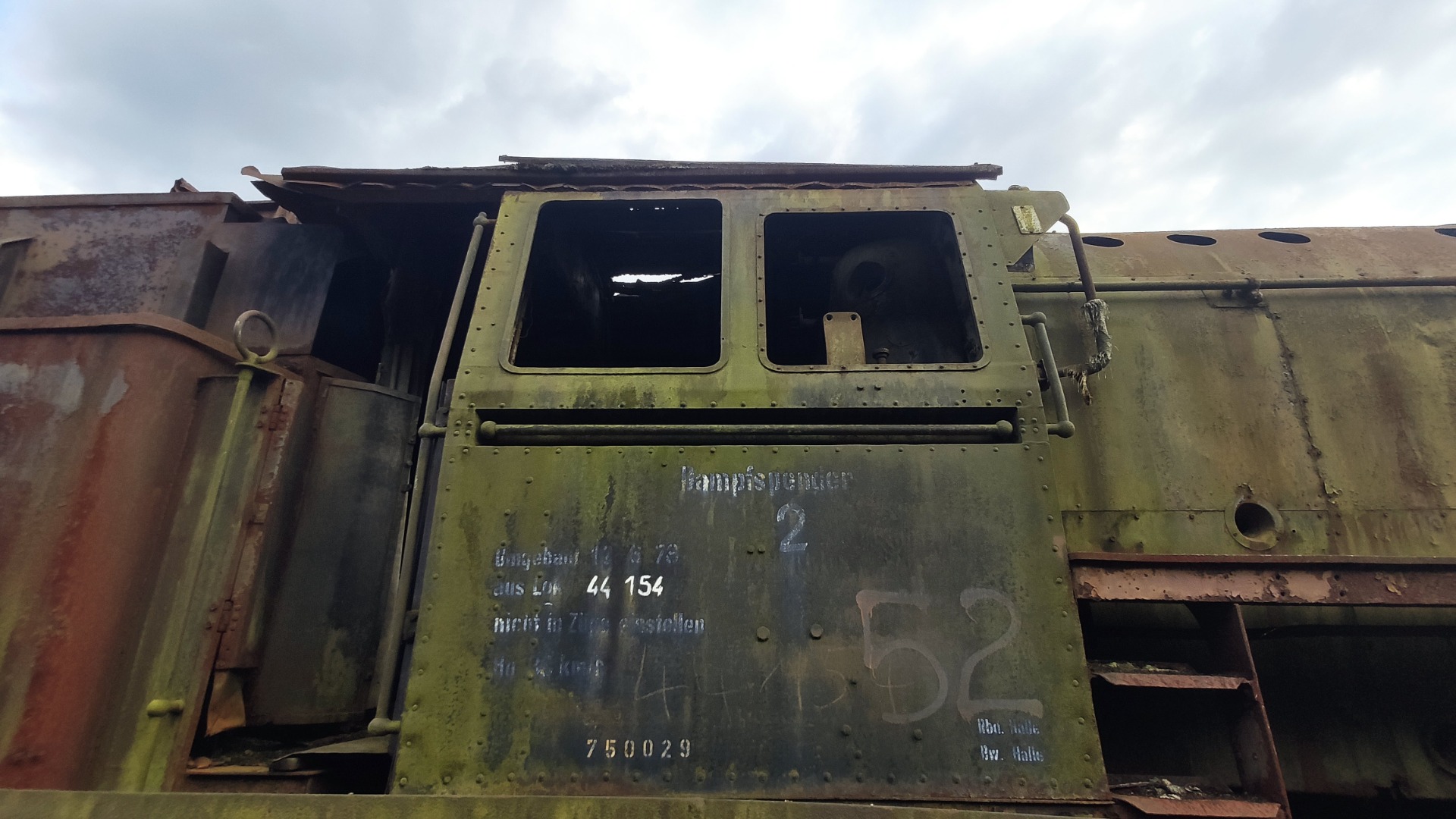
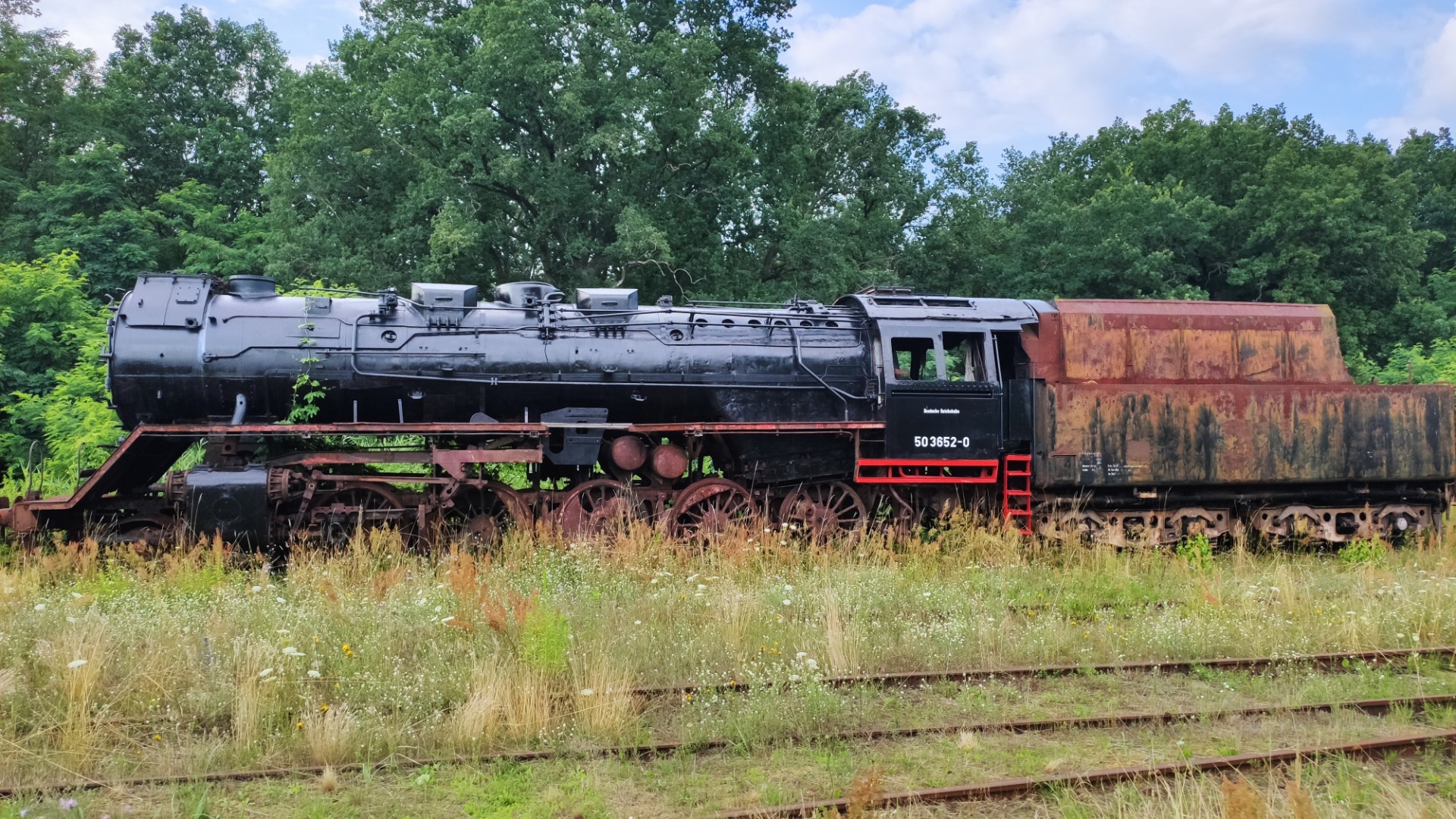

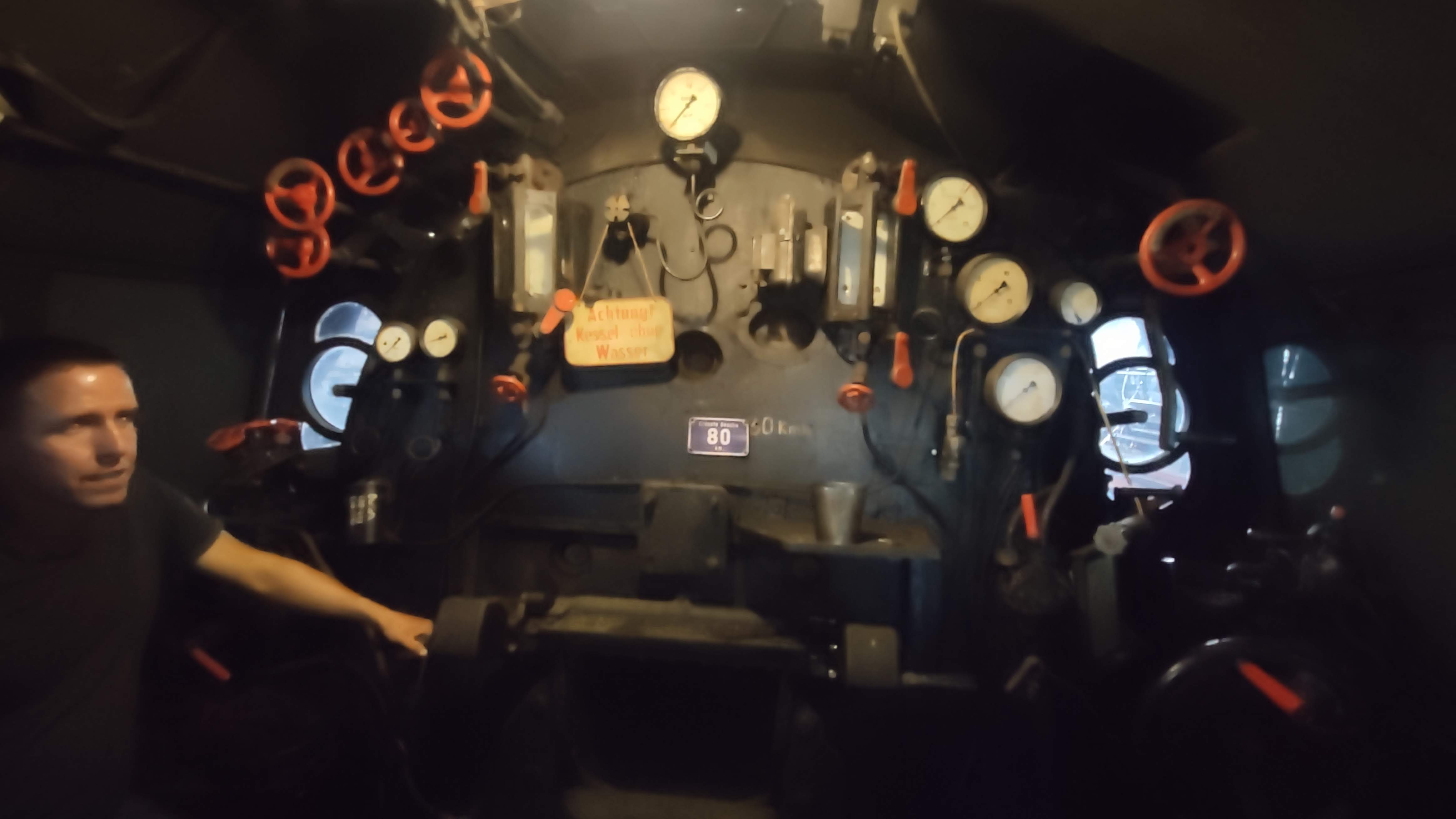
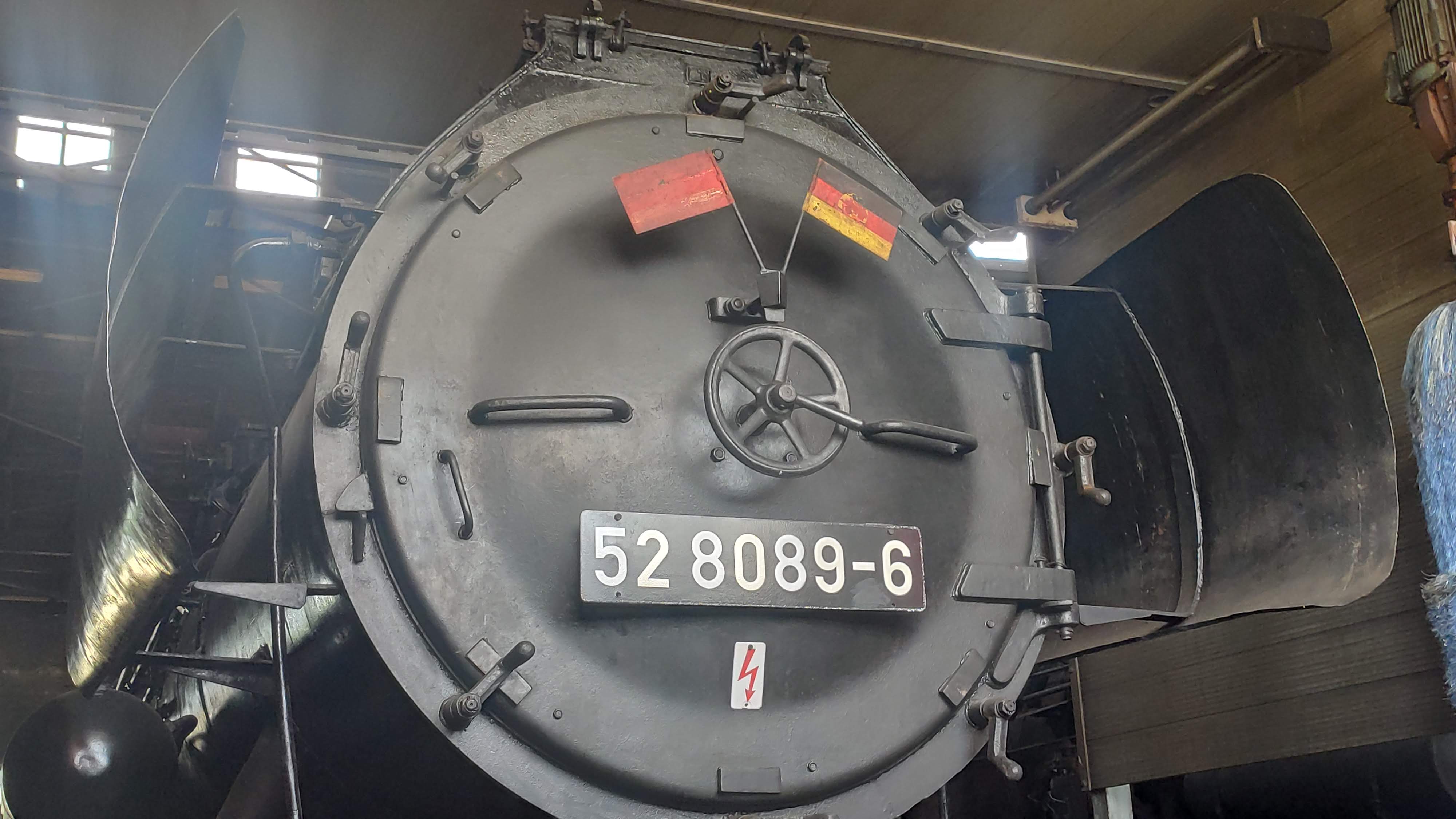
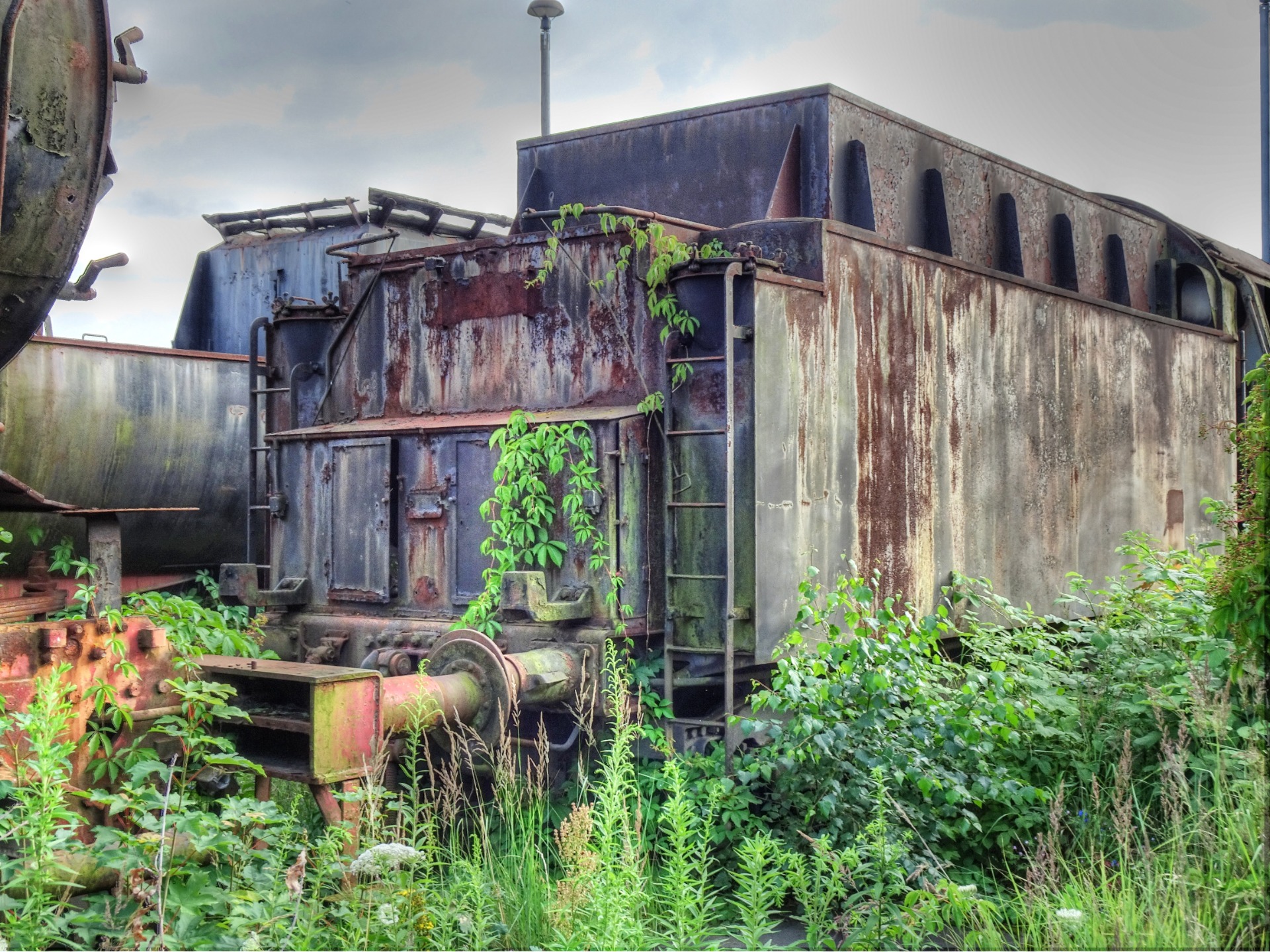
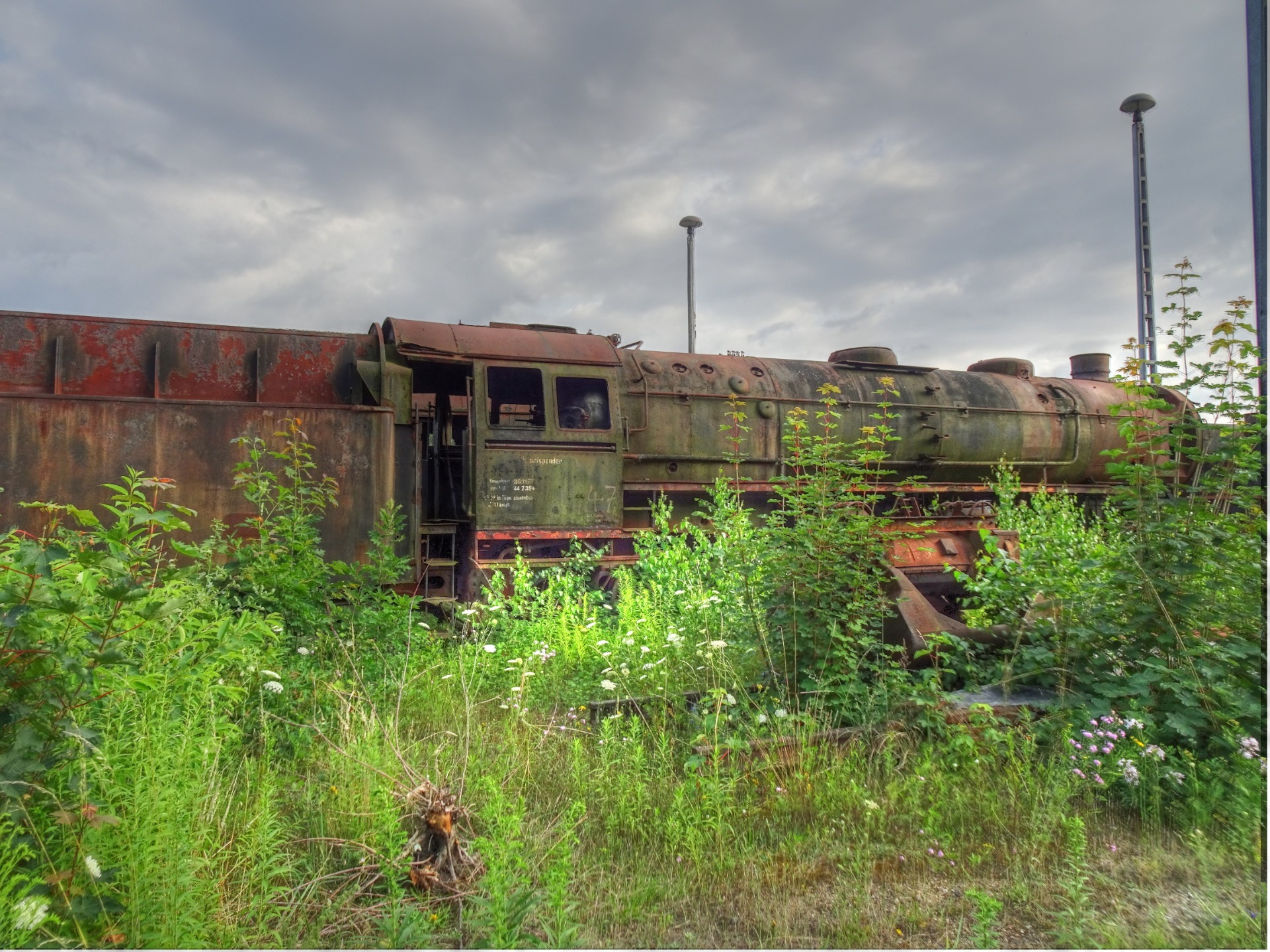
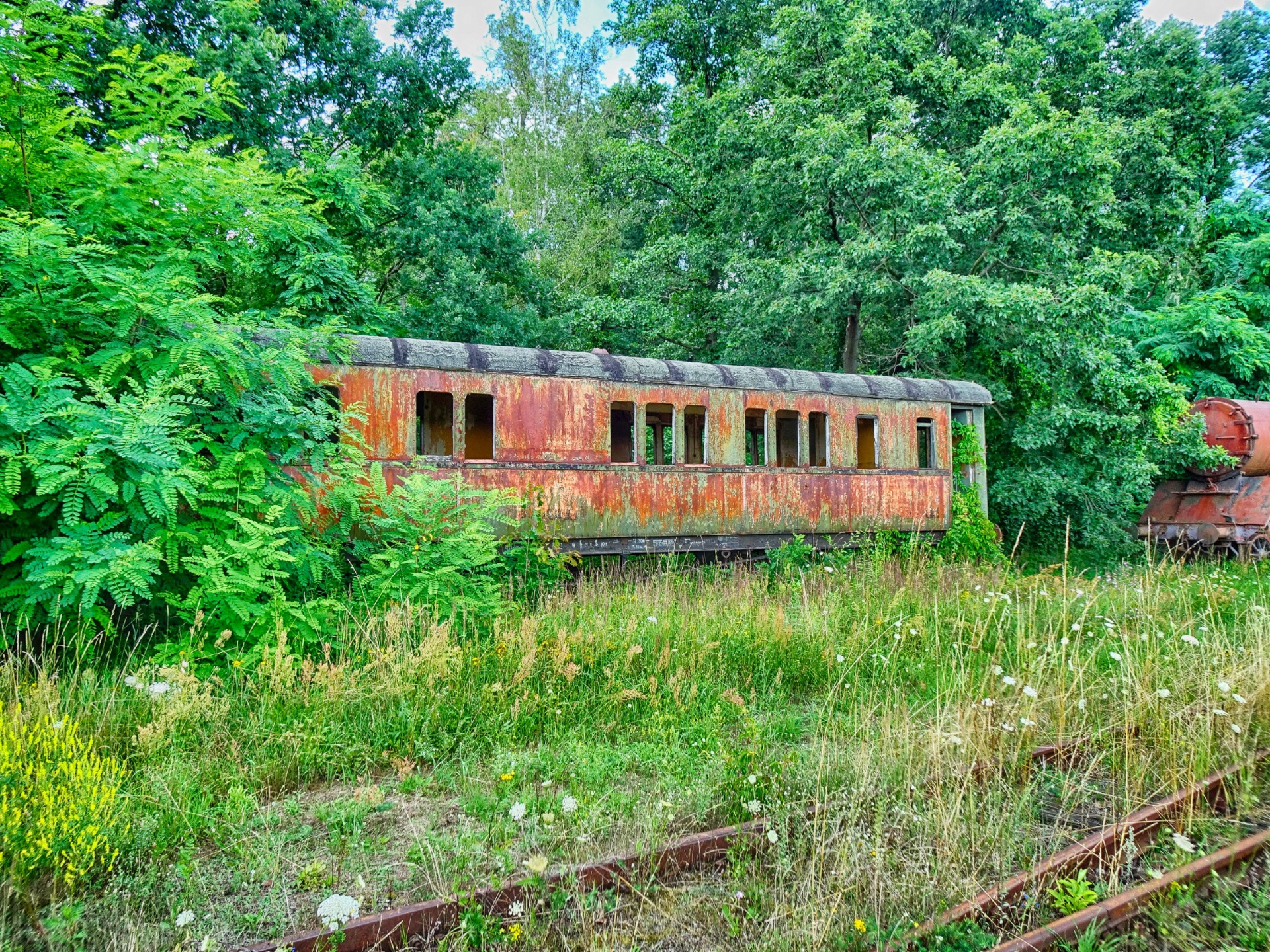
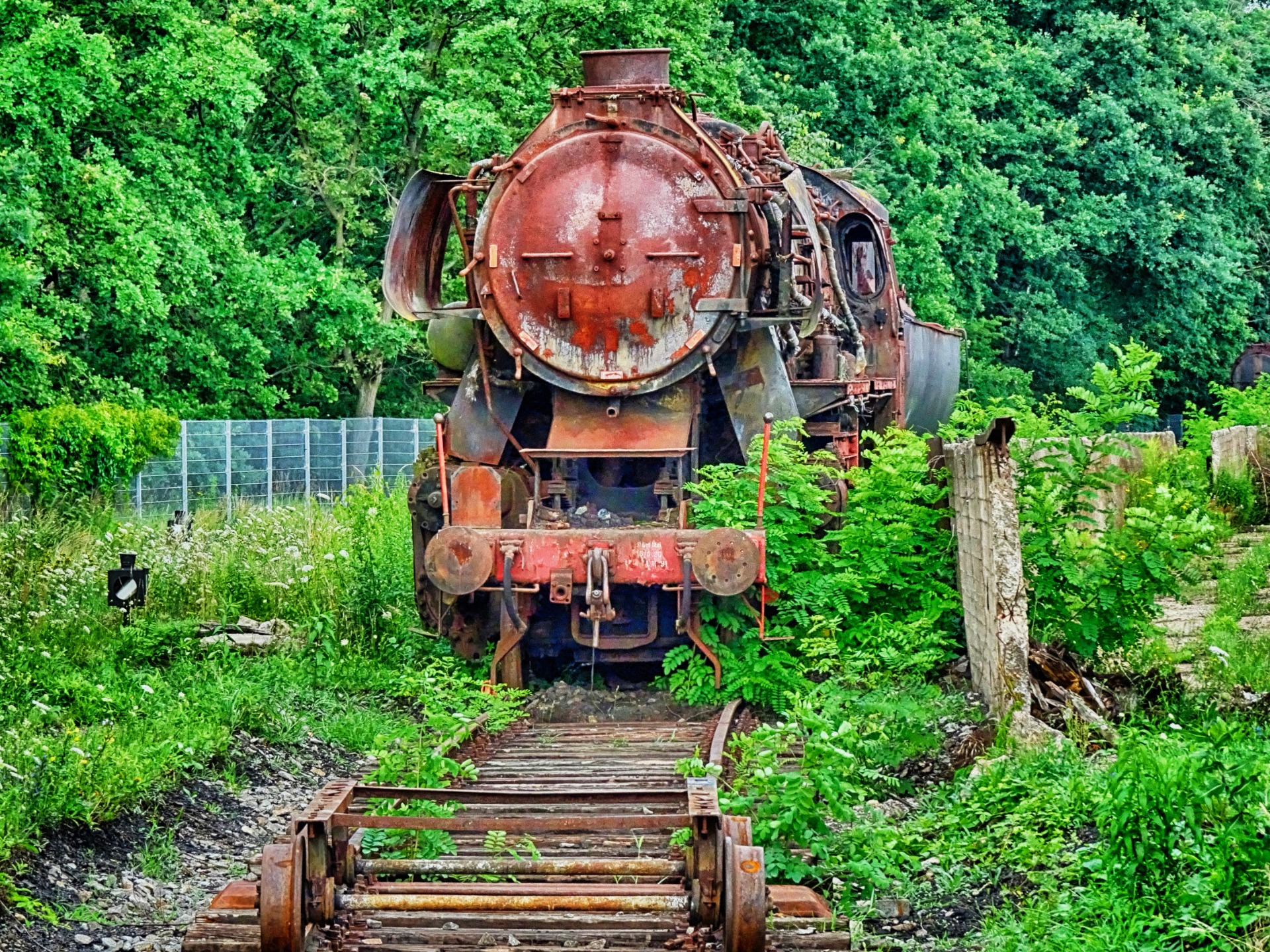

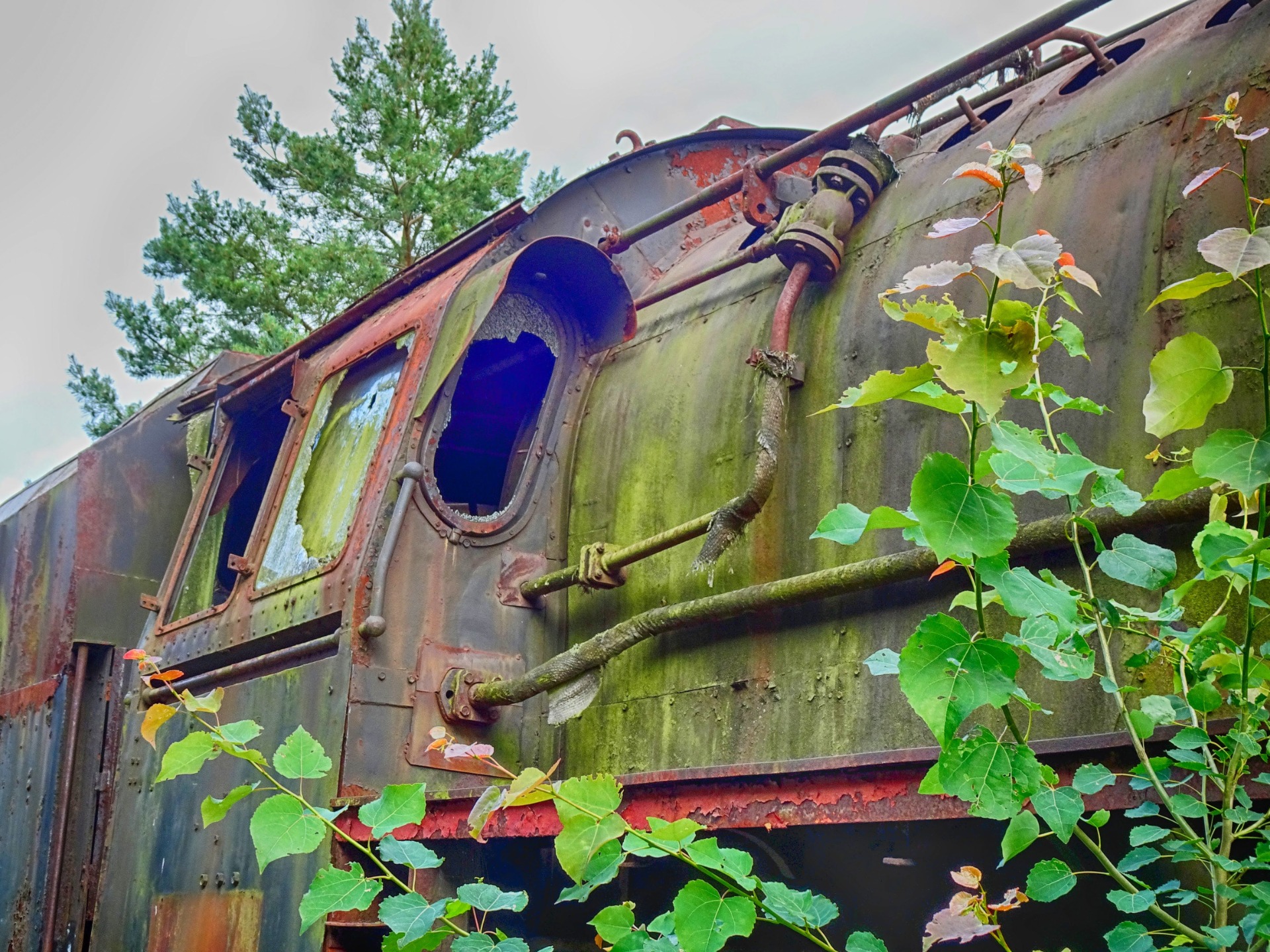

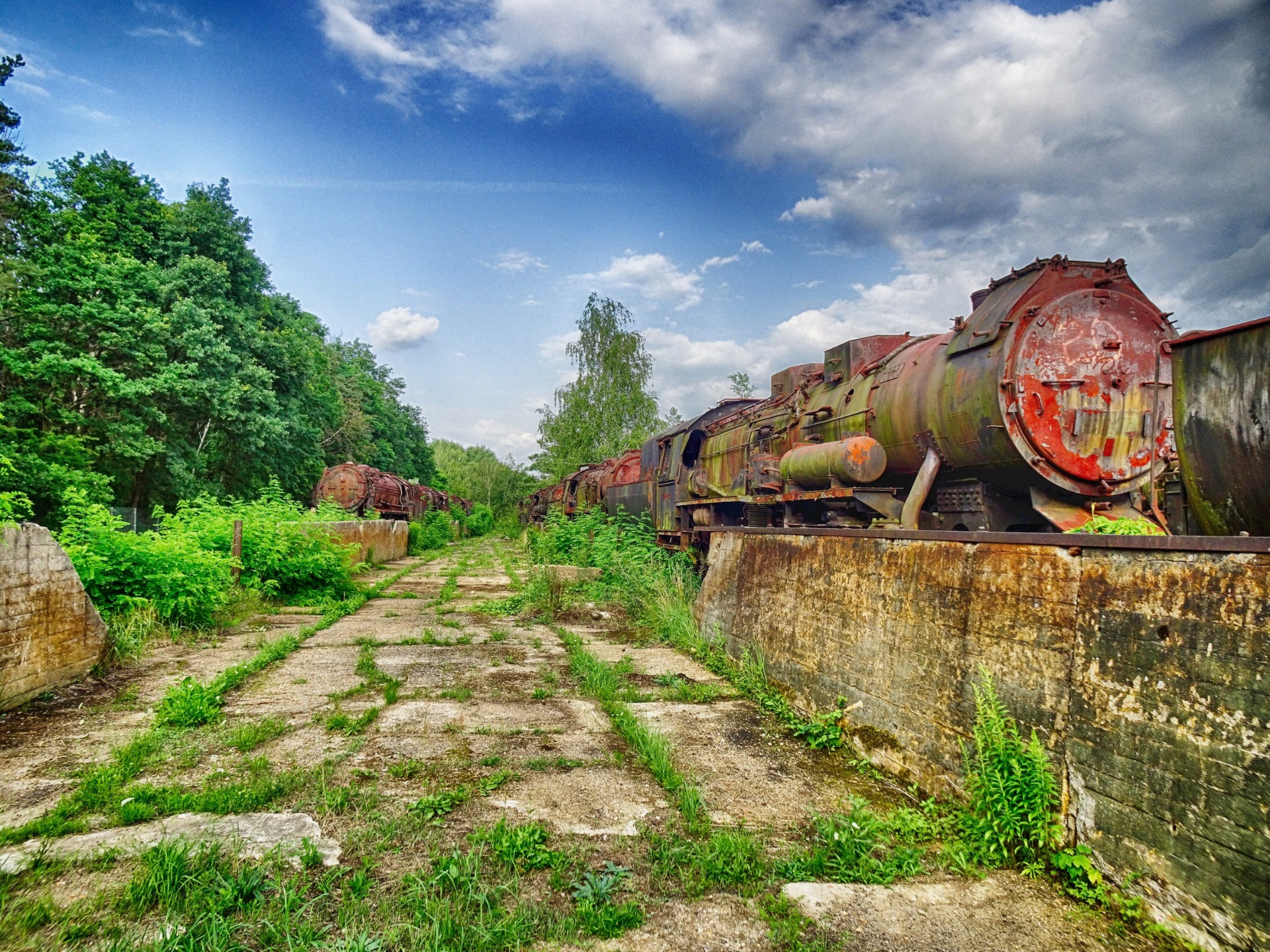
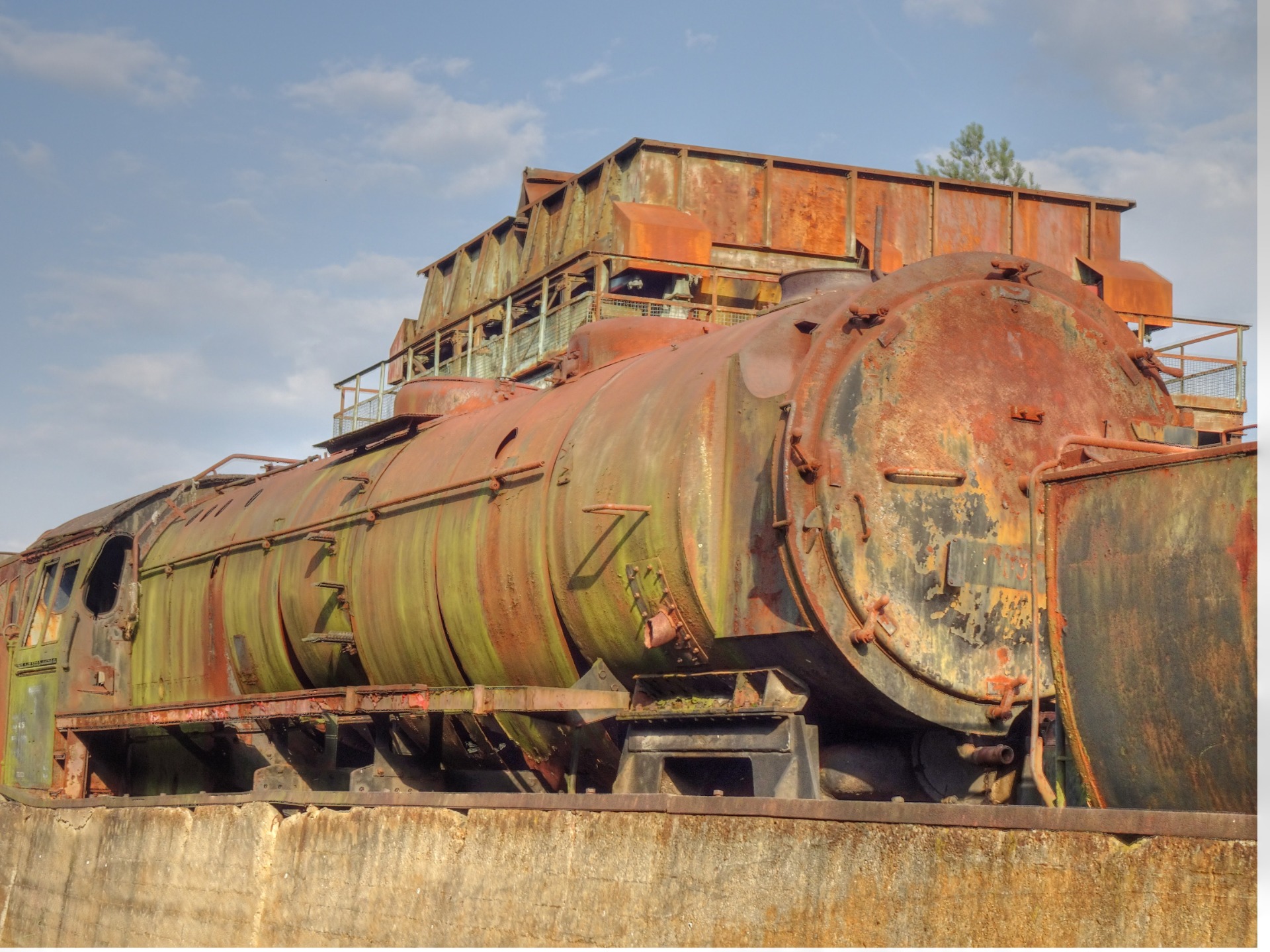
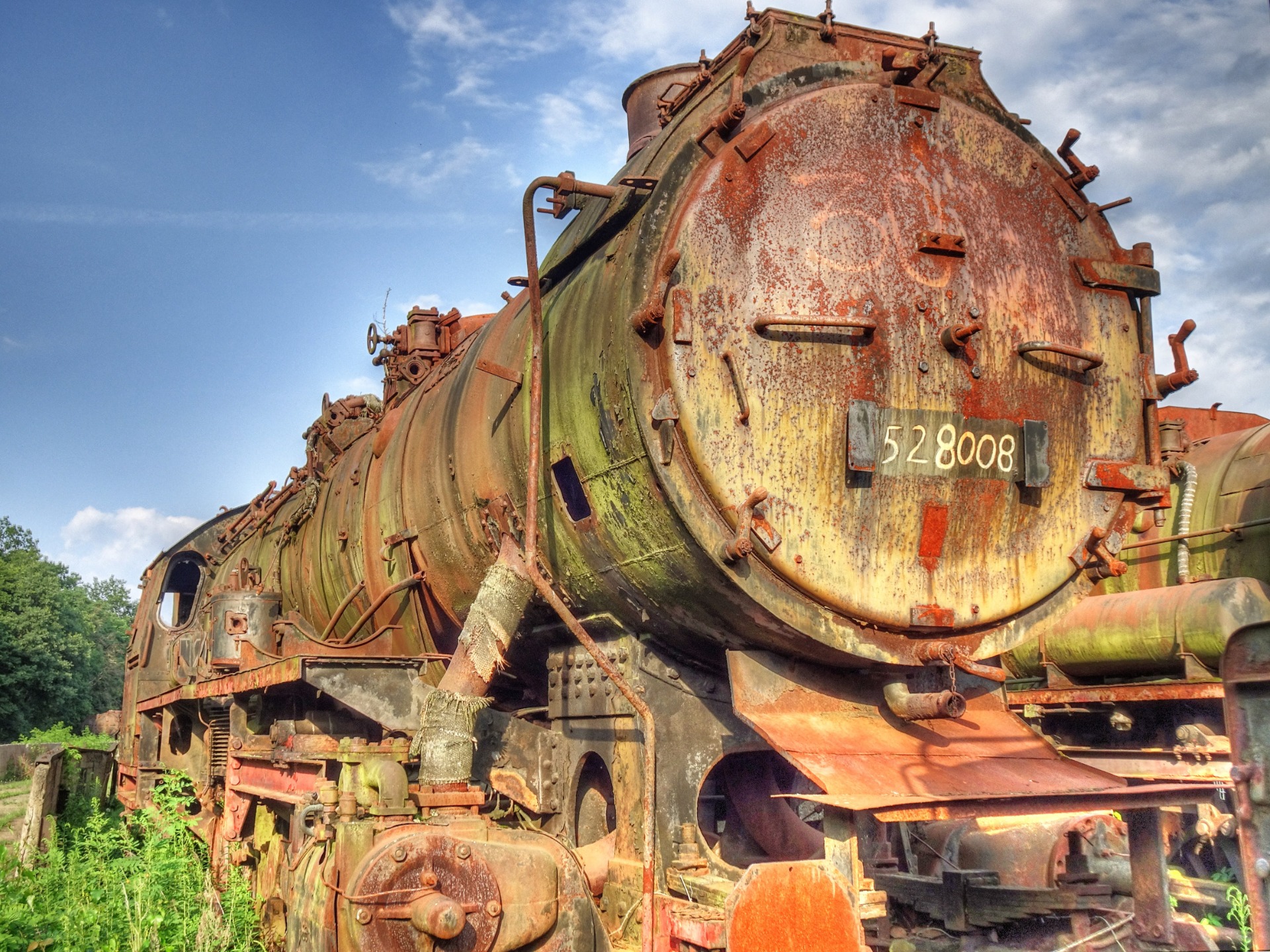

View this post on TravelFeed for the best experience.
